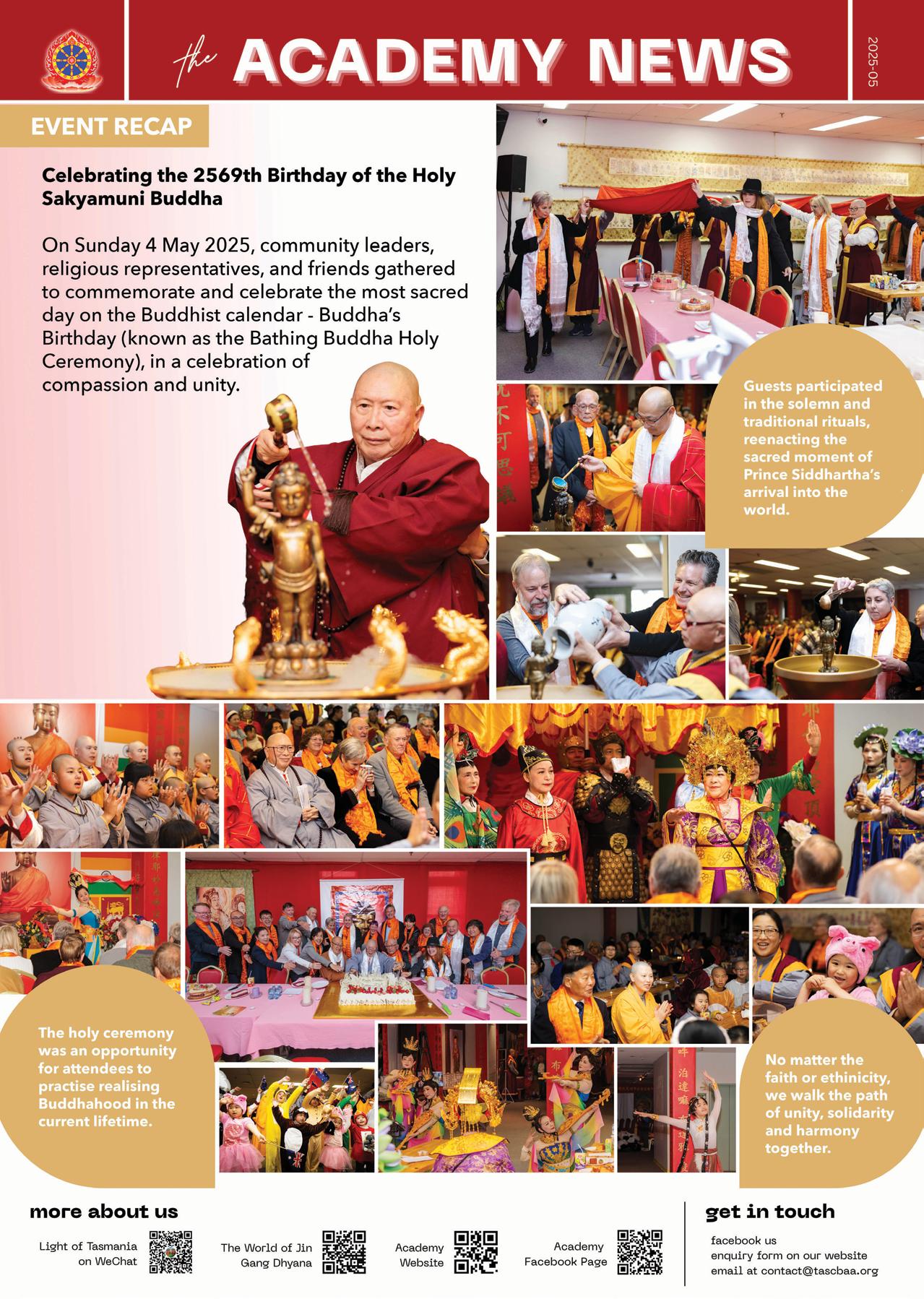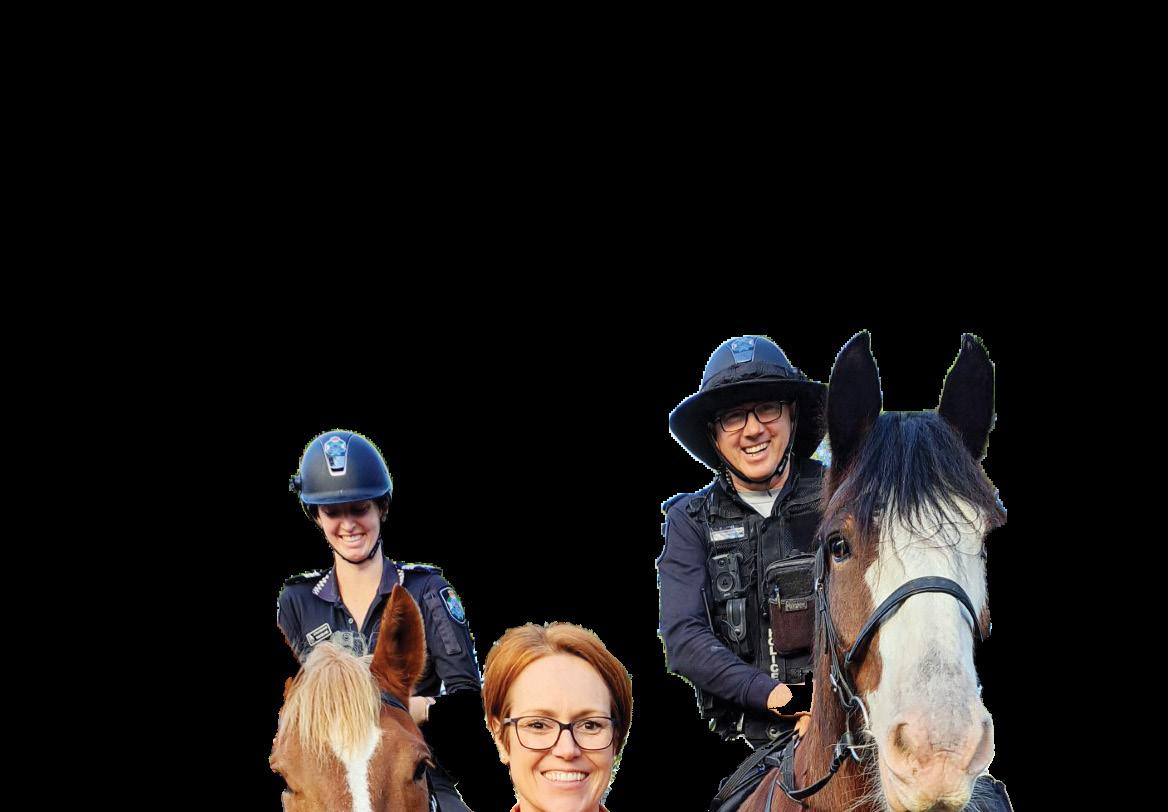

RESILIENCE
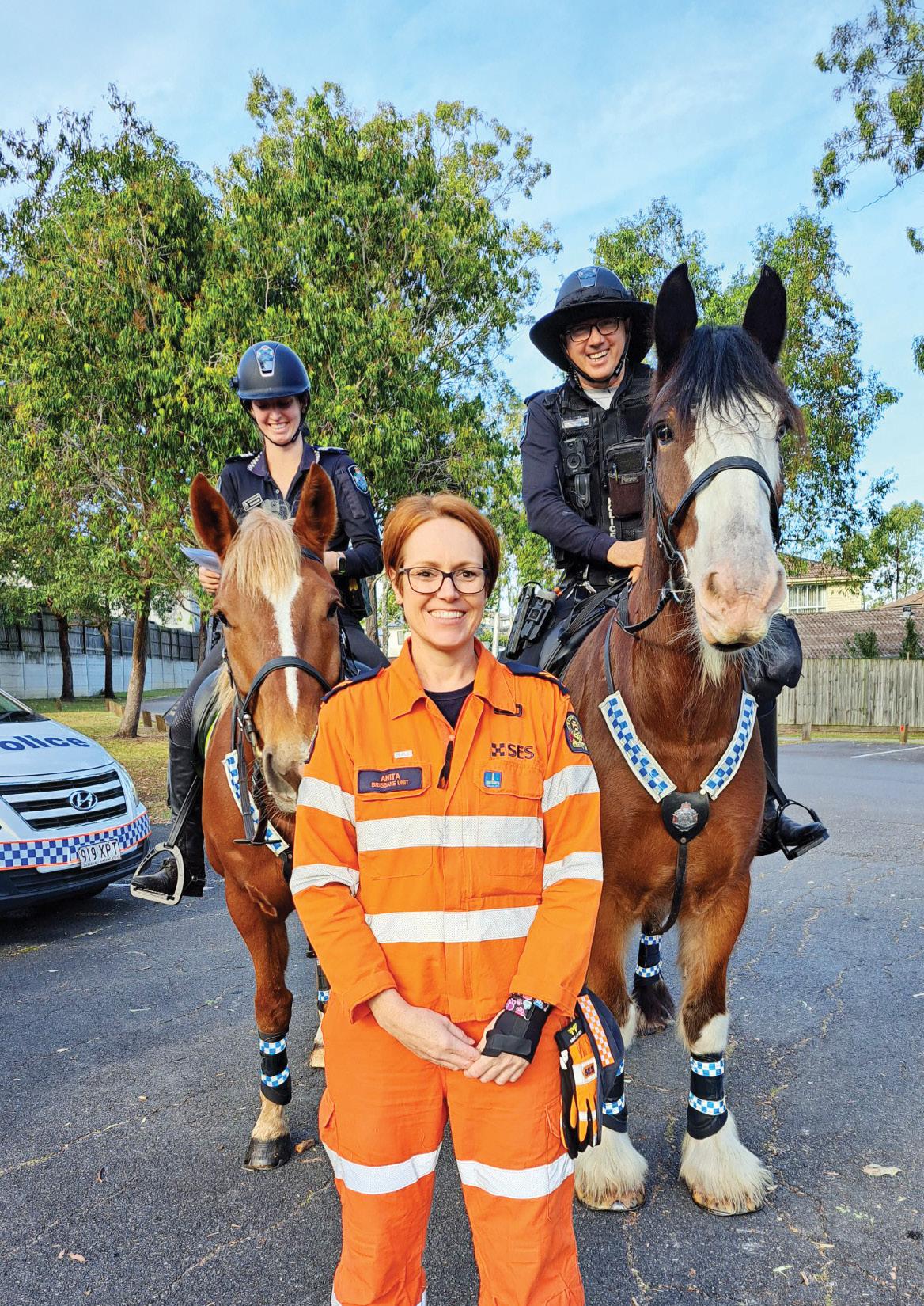

08 9325 2424 • www.easternguruma.com.au
Eastern Guruma has been in operation for 20 years and is a 100% owned Indigenous company providing services in rehabilitation, landscaping, facilities management, traffic management, road works, drilling and more. Eastern Guruma is owned by members of the language group Muntulgura Guruma, the lands of which surround Tom Price in the Pilbara Region of WA the team has delivered services to Australia’s largest mining companies, Rio Tinto, BHP and Fortescue Metals Group.
Future Expansion into the Building Industry
Eastern Guruma is exploring the expansion into the building services industry. Leveraging its strong and reliable reputation; the aim is to extend our expertise into residential & construction maintenance including the refurbishment of houses and related projects in the Pilbara and Kimberly regions. Recognised as the ‘one stop shop’ for all maintenance and building services, Eastern Guruma will provide electrical, HVAC, plumbing, instrumentation and building services as it expands its platform into construction.
Celebrating 20 Years of Success
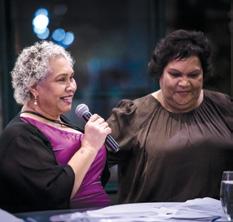
Eastern Guruma recently celebrated its 20th anniversary. Held at Frasers, Kings Park - it was the perfect venue for such a milestone occasion. Staff and VIP guests honoured the co-owners’ and directors’, Tania Stevens and Samantha Connors and all their accomplishments. All were incredibly proud of the journey and achievements over the past two decades. The milestone marked two decades of growth and achievements since its inception in 2004. The celebration highlighted significant milestones, including the rapid expansion from 2009 through to 2023 which saw Eastern Guruma receive prestigious awards such as the Business News 2023 RISE Business Award and the Rio Tinto 2023 Local Engagement Award. The 20-year celebration was a chance for all to celebrate and a testament to Eastern Guruma’s vision, dedication and hard work.
Fleet Acquisitions
The company has recently invested in significant capital expenditures to its fleet, including the purchase of a CAPEX D9 100T float Liebherr Dozer, Excavator, Digger, and over 40 light vehicles. The acquisition of the Cat D9 Dozer comes with customizable blade options, efficient boosters, integrated components, advanced technology and cost-effective performance this empowers the team to deliver results that exceed client expectations. With this powerful tool at their disposal, the team is ready to achieve new heights in the industry. The dedication and expertise of the Eastern Guruma team have played a pivotal role in facilitating the purchase of new equipment on Site for our team.
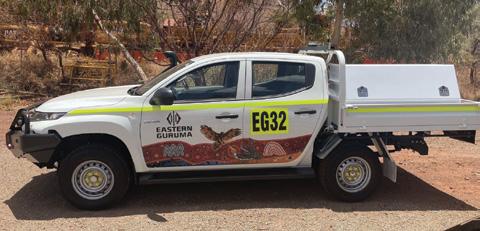


Kangi Camp Landscaping & Maintenance Contract Renewal
Additionally, Eastern Guruma’s landscaping and maintenance contract with Fortescue Solomon’s Kangi Camp has been renewed for another five years. The contract ensures continued collaboration and service excellence whilst working towards a carbon neutral supply of plant & equipment by transitioning from diesel to electric. Eastern Guruma’s ongoing growth and success is a testament to its commitment to community development, industry excellence, and the empowerment of Indigenous people.
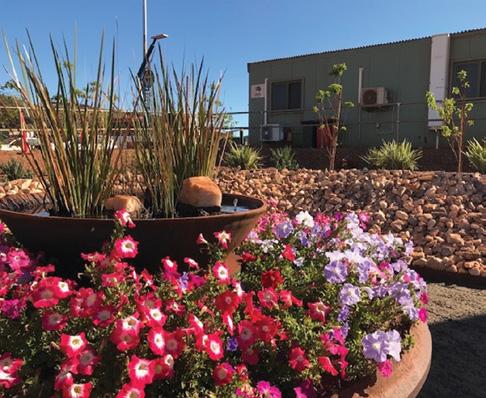
New Business Premises
Eastern Guruma has been fortunate enough to acquire its own business premises in Perth. Located on the corner of Bulwer Street and Fitzgerald Street, Perth settlement was in July. The new premises has undergone a recent extensive refurbishment upgrade and includes open plan seating, 15 offices, five meeting rooms and one boardroom.
Commitment to Indigenous Employment
Eastern Guruma is proud to announce we have more than 30% of our 300 staff employed as First Nations People working full time in the mining industry. This is an outstanding result of focus and dedication from our HR and Indigenous Employment, Engagement and Development teams. Great efforts from the road shows, screening of candidates and assisting those who need a hand to get through the process. The milestone reflects the company’s dedication to providing employment opportunities for First Nations People.
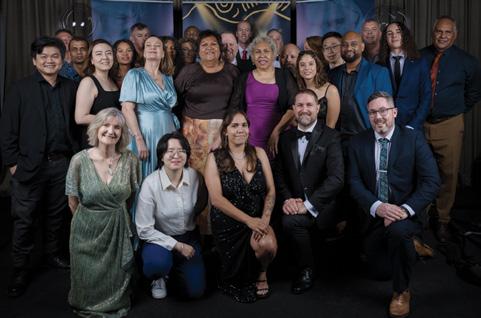




Official Publication of
AUSTRALASIAN INSTITUTE OF EMERGENCY SERVICES
Print Post Approved PP 337586/00067
DISCLAIMER
Views expressed in this journal, unless specifically acknowledged, are not necessarily those of the Publisher, of the Institute, of its Board or of the Editor.
EDITORIAL RIGHTS
The Editor of National Emergency Response reserves the right to grant permission to reproduce articles from this journal. Such approval is hereby granted, unless a specific withdrawal of this permission is included in the article in question.
The Author and the journal must be acknowledged in any such reprint.
MAILING AMENDMENTS OR ENQUIRIES
For any amendments or enquiries regarding mailing, please email: secretary@aies.net.au
NOTICE TO ADVERTISERS
This publication is the official journal of the Australasian Institute of Emergency Services. It is published by Countrywide Austral for the Australasian Institute of Emergency Services and will be distributed to its members.
An illegal practice is presently operating where advertisements from some of our publications are used to produce unauthorised publications and our advertisers are contacted for payment for the unauthorised advertisement.
If you are approached to place an advertisement or with a request for payment for another publication, you should verify that the advertisement has been authorised and establish the bona fides of the company.
The invoice and any correspondence should have the company name, ABN, and an address (not just a PO Box) and you should ask for proof of publication.
If you do receive a request for an unauthorised advertisement, or have concerns about the bona fides of a company, we suggest you refer it to the Office of Fair Trading in your capital city.
PUBLISHER
National Emergency Response is published by Countrywide Austral
1, 460 Bourke Street, Melbourne
GPO Box 2466, Melbourne 3001
Ph: (03) 9937 0200
Email: contact@cwaustral.com.au
ACN: 30 086 202 093
JOURNAL ENQUIRIES
For any enquires regarding the publication, please contact Tony Cornish: Mob: +61 411 055 050
EDITORIAL TEAM
Editor: Kristi High
Associate Editor: Steve Jenkins FAIES
Send articles for inclusion to:
Email: editor@aies.net.au
WEBSITE
www.aies.net.au
WEBSITE CONTENT
The website has sections for each State as well as National Areas. If you have ideas for State Division content, please contact your State Secretary. For National content, email secretary@aies.net.au
Please be aware that all content must be cleared by the National President prior to web publication to ensure it meets required guidelines.
NATIONAL EMERGENCY
CONTENTS
Disclaimer Countrywide Austral (”Publisher”) advises that the contents of this publication are at the sole discretion of the National Emergency Response and the publication is offered for background information purposes only. The publication has been formulated in good faith and the Publisher believes its contents to be accurate, however, the contents do not amount to a recommendation (either expressly or by implication) and should not be relied upon in lieu of specific professional advice. The Publisher disclaims all responsibility for any loss or damage which may be incurred by
by
fault or negligence on the part of the publisher, its directors and employees.
Copyright: All advertisements appearing in this publication are subject to copyright and may not be reproduced except with the consent of the owner of the copyright. Advertising: Advertisements in this journal are solicited from organisations and businesses on the understanding that no special considerations
NEW MEMBERS
The Australasian Institute of Emergency Services is pleased to announce the following emergency services people joined the AIES between February 2025 - June 2025.
NAME
Matthew Bullock
Paul Britton
Marian Casey
Jonathan Curtis
Craig Hall
Ben Lewin-Smith
Danielle Meggos
Karina Striegher
Richard Webb
Bruce Irvine
Jodie Krammer
Tamera Share
Jordan Bartlett
Andrew McDonell
David McGrath
April Meredith
Glenn Owens
Kathryn Smith
Oliver Strode
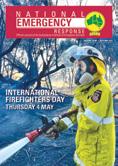
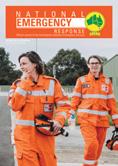
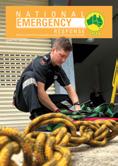
DIVISON ORGANISATION
ACT/INT/NSW
ACT/INT/NSW
ACT/INT/NSW
ACT/INT/NSW
ACT/INT/NSW
ACT/INT/NSW
ACT/INT/NSW
ACT/INT/NSW
ACT/INT/NSW
QLD/NT
QLD/NT
www.facebook.com/aies.online
NSW Rural Fire Service
NSW Rural Fire Service
St John Ambulance NSW
ACT SES
New South Wales Rural Fire Service
Sydney Water
NSW Premier’s Department
Disaster Relief Australia
NSW State Emergency Service
Safetyhub Pty Ltd
Queensland Fire Service
Department of Energy, Mines Industry Regulation
Proactive Design
HMS Community Ltd
St John Ambulance Australia
Country Fire Authority
Victoria Police
East Gippsland Shire Council
Wellcamp ARFF

www.linkedin.com/groups/3844281



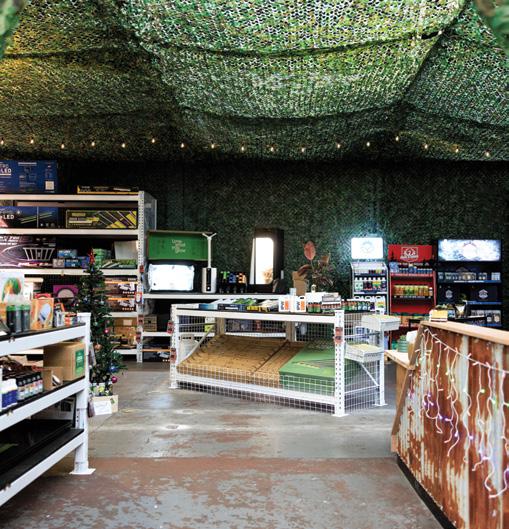
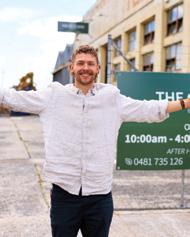
FROM THE PRESIDENT’S DESK
David Parsons ESM CESM FAIES
National President
As many of our members would be aware, Christine Miller resigned recently as AIES President due to family reasons. It is with great excitement that I have been given the opportunity to fill the President vacancy.
Christine undertook significant work during her time as President to create a foundation for me to work from, and build the future of the AIES.
On the AIES Board, we have new Presidents in South Australia — Shane Bolton CESM, and in NSW/ ACT/INT — Dr Brett Henderson CESM. Victoria is now represented by Kate Goldsmith CESM, and Tasmania by Dr Bodie Rodman.
Our revised Board is very busy launching a range of new initiatives that will transform the AIES
further enhance the skills and knowledge of our members
• revitalising the Health Emergency Management Special Interest Group - a communications team that will improve communication with our members and industry
• a Strategic Directions Project to create a business plan for our growth and future direction
• a renewed Audit and Risk Committee to improve the governance of the organisation’s risks
• the development of a new modern and future focused constitution.
As we announce project teams and town hall meetings, I encourage you to participate and contribute your skills and
"As we announce project teams and town hall meetings, I encourage you to participate and contribute your skills and knowledge to creating the future of the AIES and enhancing our contribution to the emergency management sector. Already, we have called for members for a range of committees and work groups. It has been very pleasing to see people volunteering to participate and contribute."
and allow it to meet the needs of our industry in the coming decades. Initiatives already launched include:
• the establishment of a planning committee for our 50th anniversary celebrations in 2027
• the establishment of a Professional Development Committee to
knowledge to creating the future of the AIES and enhancing our contribution to the emergency management sector.
We have already called for members to join a range of committees and work groups. It has been very pleasing to see people volunteering to participate and contribute.
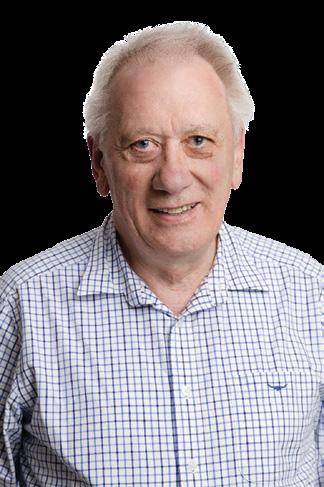
PROFESSIONAL DEVELOPMENT FUND
Each year the AIES Board awards up to $2,500 in professional development scholarships to members. Applications for scholarships are submitted to Division Committees by 31 October each year. These are assessed by each Division and submitted to the Board with recommendations in December.
Last year’s successful candidates were Brody Wickham CESM and Tiffany King CESM, who each put their $500 scholarship towards attending the Massey University Emergency Management Institute Week.
AUDIT AND RISK COMMITTEE
Victorian Division committee member David Lyster has volunteered to lead the modernisation of our audit and risk practices.
David is bringing his workplace knowledge and skills to support better governance practices in the institute. We are very lucky to have David's enthusiasm and commitment available to us.
With so much happening, I will continue to issue President’s updates in addition to Division newsletters and our National Emergency Response journal. Daily updates of global emergency management news will continue to be published to our LinkedIn page.
It is an exciting time to be helping shape our future. •
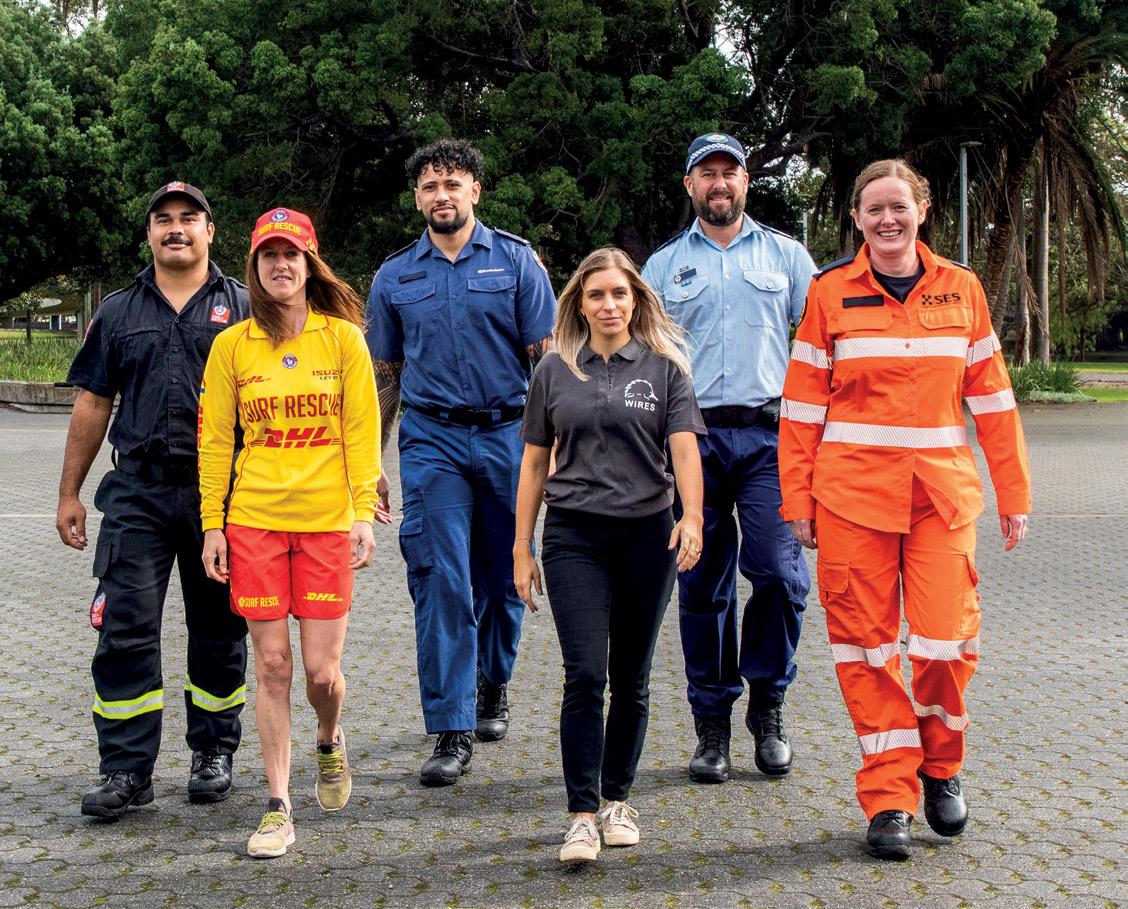
Australia’s emergency service workers and volunteers keep our communities safe, but stress and anxiety are often part of the job. Experiencing mental health challenges after a traumatic event is normal and very common — and it’s treatable, too.
Confidential support is available now:
• Take a quick online mental health check and receive a report that identifies your symptoms and provides recommendations for support.
• Book up to 12 sessions with leading, trauma-informed clinicians via telehealth or face-to-face. Free of charge, with no Medicare or GP referral required.
• Access information and resources to help manage your symptoms.
Visit our website nationalemergencyworkersupport.org.au

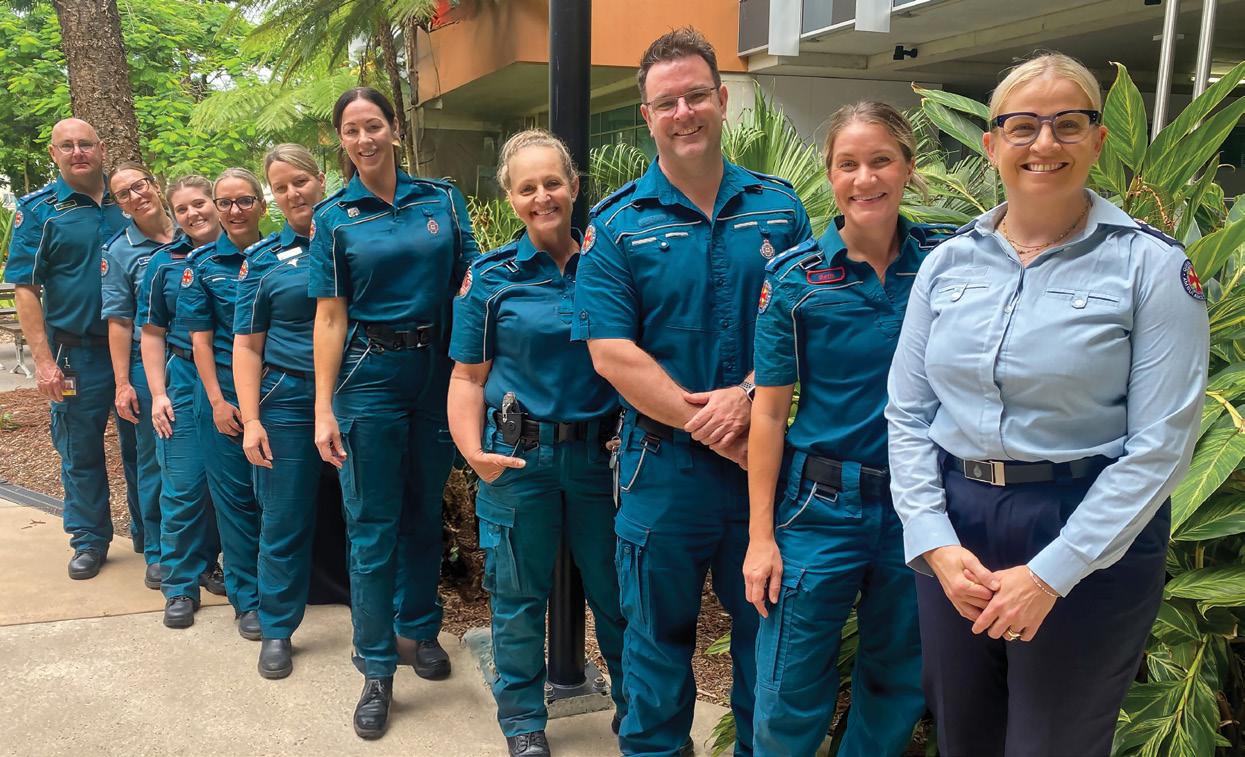
NEW TEAM WORKS WITH FREQUENT AND COMPLEX PATIENTS
A statewide team has been developed within Queensland Ambulance Service’s (QAS) ranks to work closely with people in our communities who frequently call ambulance services and often have complex healthcare needs.
By Ben Franettovich
Source: ambulance.qld.gov.au
The Complex Care Team (CCT) was officially launched this month, and its Executive Manager Scott Nash said its aim was to provide a compassionate and comprehensive approach to supporting Queensland’s most vulnerable people.
“The Complex Care Team began as a Complex and Frequent Presenter Program (CFPP) pilot in August 2023 after we identified a small group of particularly vulnerable people across the state who made a disproportionately high number of Triple Zero (000) calls for service,” Scott said.
“Our goal was to improve our understanding of these patients’ needs,
so we could connect them with appropriate care and support services.”
The CCT works within the Office of the Medical Director and most of the team members are based in their local regions as their local knowledge is integral to the team’s success.
Scott said the CCT forms part of the non-traditional response, or nonBAU group Mental Health Response Program Director Sandra Garner has developed over the last few years.
“We collaborate with staff and onroad teams across our service but certainly work very closely with our more non-BAU response colleagues like the Specialist Clinicians in the Operation Centre’s Mental Health
Liaison Service and the Clinical Hub’s specialists like the Social Workers, harnessing their knowledge and skills to better support our patients,” he said.
Scott emphasised despite this group’s higher demand for QAS services, the QAS never discourages people from calling Triple Zero (000).
“Our team works with a diverse group of people, and while older people tend to be higher users of healthcare services, we were surprised to discover women aged in their 20s to 30s in fact made up a higher proportion of people identified in the program.
Sandra said one thing each person shares is that they experience high levels of vulnerability.
“It’s important to remember these people may have layer on layer of health and social issues, and as a result, they might lack the resources and resilience to manage life’s daily challenges,” Sandra said.
“These challenges may not seem significant and might barely register to other healthier and more resilient people in our communities.
“But often, these highly vulnerable community members will call us because they feel completely overwhelmed.”
Scott said the reasons for their calls could be singular or combined and could include chronic pain, social isolation, mental health issues, inability to access other healthcare services, loneliness and feeling unsafe.
He said the CCT has recently developed a central referral system that guides QAS clinicians to refer people who may have the following concerns and may need additional services or supports:
• Frequent ambulance use
• Complex care needs
• Complex medical history
• Multi-agency involvement
• High use of QASadministered pain relief.
“In our early stages we took a proactive approach, identifying people with complex care needs through their patterns of ambulance use,” Scott said.
“Now we’re engaging more at a staff and external stakeholder level, like hospitals and nurse navigators, general practitioners and other health care providers, encouraging them to refer patients they might identify within this cohort to our teams,” Scott said.
“Our multidisciplinary approach extends beyond our QAS and Queensland Health and Hospital Service staff, but also to the patients’ care providers to ensure their plans are comprehensive and fully integrated.
“When we receive a referral, our team will conduct a deep dive into the person’s case history so we can understand the underlying reasons for their frequent Triple Zero (000) calls.
“Our team is there to advocate for our patients, to ensure they receive the care to match their complex medical, social or mental health needs.
“The development of this program... has the potential to improve the way we inform clinicians of how vulnerability presents in acute and complex ways and how nuanced care can be provided.”
– Scott Nash
“We will understand each person’s care needs and can link them in with appropriate health services when needed, and may develop an individualised patient management plan, or Ambulance Information Document (AID), to guide our QAS responders.”
Scott said these AIDs will serve as a critical tool to support QAS clinicians, so they can provide appropriate, compassionate and trauma informed care to people with complex health needs.
“AIDs have been carefully developed to guide our QAS Clinicians, they’re brief – usually 1-2 pages only – and are easy to follow as they’re written by paramedics for QAS Clinicians to be an easy-to-follow plan placing the patient at the centre of the care being provided,” Scott said.
“AIDs are tailored to the individual, based on information the CCT gathers and will include important details and guidance about their health history and their previous interactions with QAS.
“They suggest helpful or proven strategies for care to support clinical decision making.
“The Medical Director’s Office endorses each AID, so they’re an added layer of support to QAS Clinicians, based on input from a multi-disciplinary team.
“Consistently applying these plans’ principles and guidance affords the clinicians the greatest chance of seeing a positive result in the provision of care.”
Scott said AIDs should be read in conjunction with the Clinical Practice Guidelines (CPGs), clinicians will be alerted to them in a medical caution note and are available on the VIEWER.
SCOTT HARNESSES
PATIENT JOURNEY PASSION
After 16 years with QAS, Complex Care Team Executive Manager Scott Nash said he was excited about taking on this newly created role.
I began with QAS working on road, and then at QAS Education Centre (QASEC) before moving to Kedron to work with the Medical Director’s Office on innovative models of care projects.
“I’ve always been passionate about my peers and the development of the profession of paramedicine,” he said.
“Working within QASEC provided me great insight into how we can best share and advocate for the journey of vulnerable people.
“The education programs I developed always focused on our patient’s journey and how we can best support them through a period of vulnerability,” Scott said.
“While working on road, I had one particular patient who had been unable to advocate for themself, but, as a direct result of being more informed about their needs, we were able to ensure they had a far more positive experience, and it was this which sparked a special interest in working with our more vulnerable, complex and frequent patients.
“The development of this program coupled with the support our new CCT provides, has the potential to improve the way we inform clinicians of how vulnerability presents in acute and complex ways and how nuanced care can be provided.
“The more we can do to improve the way we manage and achieve nuanced care for these people across the hospital and out of hospital environment the better the outcome for them.
“And hopefully we’ll soon see these carefully tailored strategies making small but positive steps to support our service along with the broader health system.” •
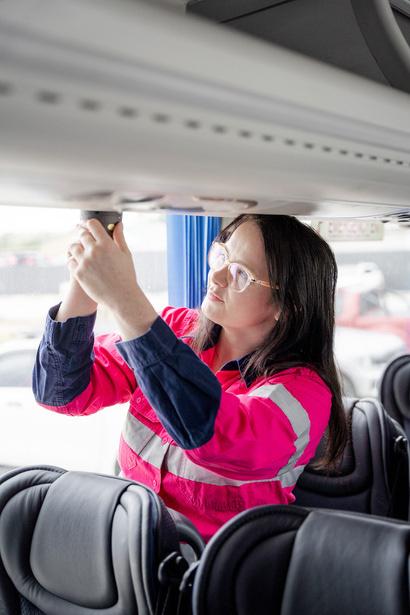
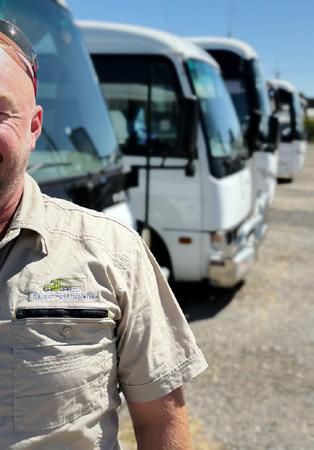
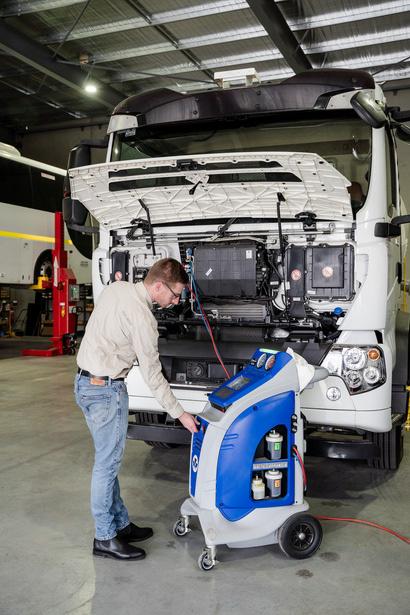
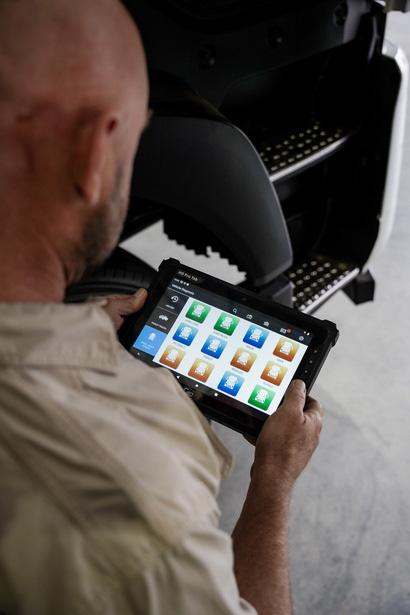



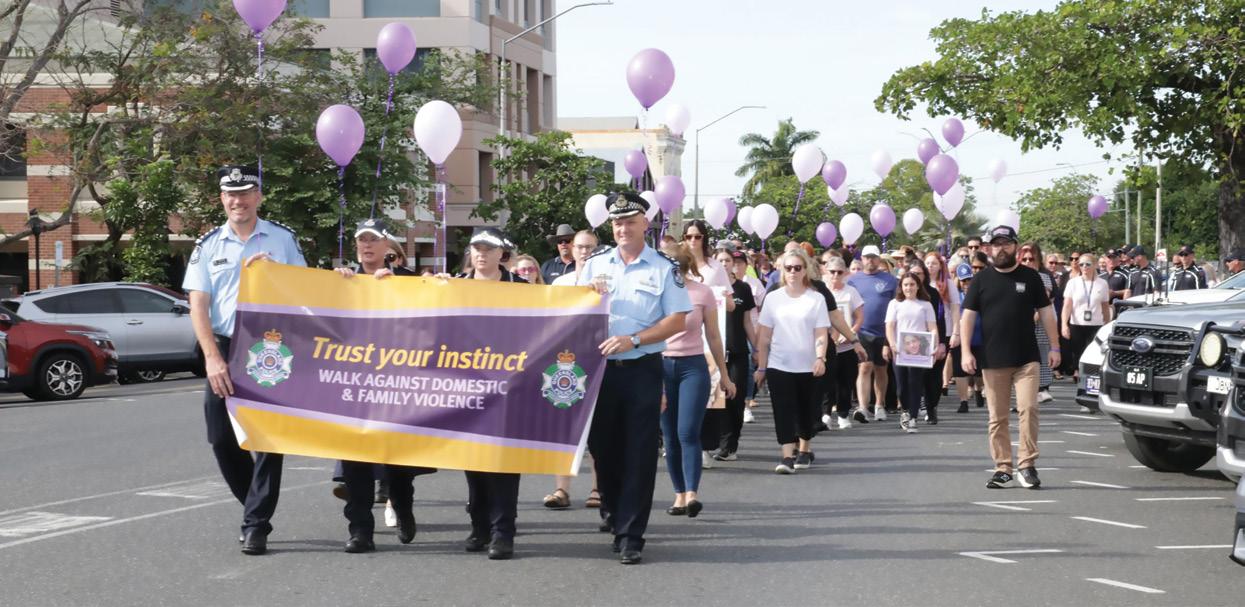
DOMESTIC,
FAMILY
VIOLENCE AND VULNERABLE PERSONS UNITS (DFVVPUs) EXPAND TO ALL POLICE DISTRICTS
The Queensland Police Service (QPS) has expanded its Domestic and Family Violence and Vulnerable Persons Units (DFVVPU) to be available across all Police Districts, further demonstrating the organisation’s commitment to building safer communities.
Source: QPS Media
The DFVVPUs work to address high-risk domestic and family violence (DFV) incidents and offer ongoing support to those affected, including most importantly, keeping people and families safe.
The units also support operational police with advice and ongoing follow up with both parties.
As part of Domestic and Family Violence Prevention Month, the QPS will continue to highlight its statewide efforts to educate, protect, and intervene in DFV matters, ensuring support is available for those who need it.
The expansion of QPS’s DFVVPUs means more trained officers are working at local levels to provide specialist assistance, connect victim-survivors with support services, and intervene early to prevent repeat offending.
DFV is not just a police issue, it is a community issue impacting people and communities around the world.
In the last financial year, the QPS has responded to more than 175,000 DFVrelated calls for service across the state, and from 1 July 2024 to 14 April 2025
there have been 56,267 breaches of domestic violence orders.
These numbers reflect the urgent need for collective action, to stop the cycle of abuse and create safer communities across Queensland.
QPS Assistant Commissioner Kath Innes, of the Domestic, Family Violence and Vulnerable Persons Command said preventing DFV requires a whole-of-community approach, where speaking up can save lives.
“Domestic and family violence thrives in silence,” Assistant Commissioner Innes said.
“The most powerful thing we can do as a community is to speak up, whether that’s checking in on someone we’re worried about, offering support, or reporting concerns to police.
“Police play a critical role in responding to DFV, holding offenders to account, and protecting victimsurvivors, but we cannot do this alone.
“Prevention starts with all of us – families, friends, neighbours, colleagues, and community leaders working together to say ‘no more’ to domestic and family violence.
“Together, we can break the cycle of violence and build safer, stronger communities for all.”
Senior Constable Danielle Wright from the South West District DFVVPU said, building safer communities requires action from everyone.
“This is not just about responding to DFV when it happens, it’s about preventing it before it starts,” Senior Constable Wright said.
“We want Queenslanders to know that help is available, that there is a way forward, and that they are not alone.
“Police, government agencies, support services, and community groups all have a role to play, but so do friends, family members, and everyday Queenslanders.
“If you see something, say something – your support could make all the difference.”
QPS encouraged all who took part in DFV Prevention Month events during May to learn about the signs of DFV, and help break the stigma that prevents many people from seeking help. •
FORMER DFV
PERPETRATOR URGES
OTHERS TO LOOK WITHIN, AFTER QPS HELPED HIM ON HIS JOURNEY TO CHANGE
Aformer Domestic and Family Violence (DFV) perpetrator has spoken out about his journey to rehabilitation, and how the Queensland Police Service (QPS) helped him identify and address his behaviours. Working with perpetrators and putting them in touch with support services is just one of the many initiatives the QPS utilises to drive down offending rates and better protect victim-survivors.
Operation Shield was launched in April 2024 in Southern Region, and in the 12 months since it started, 80high risk DFV offenders have been charged.
The operation brings together general duty police and specialist units such as the Tactical Crime Squad and Domestic, Family Violence and Vulnerable Persons Unit (DFVVPU), to ensure a comprehensive approach to policing DFV.
The focus has been on holding perpetrators to account and ensuring victim-survivor safety, but it also presents an opportunity to support those perpetrators who are seeking to change their behaviour.
The formed perpetrator said the turning point for him was being arrested.
“That’s what made me realise things weren’t going well,” he said.
“Queensland Police gave me information and put me on the right path regarding programs
If you can look inwards and understand you’re not ok, don’t be too ashamed or too proud to reach out and ask for help.
that were available. That helped me seek out what I needed to make a change.
“There are a lot of people who want to help and are quite willing to do so. So, if you can look inwards and understand you’re not ok, don’t be too ashamed or too proud to reach out and ask for help.”
Officer in Charge of Karana Downs Police Station, Senior Sergeant Lee Fortune, said Operation Shield demonstrates QPS’s unwavering stance on DFV.
“DFV offending will not be tolerated by police,” Senior Sergeant Fortune said.
“We remain firmly committed to protecting victim-survivors as well as ensuring support referrals are made to treat the underlying issues.
“The community can expect continued prioritisation of DFV matters, and Operation Shield reflects our dedication to reducing harm and improving the safety of victim-survivors.
“Our officers will continue to act decisively and urgently to address this serious issue of DFV.”
Senior Constable Jane Henderson, a frontline general duties officer, highlighted the
critical role police play in both enforcement and education.
“It is important that police are supporting both parties – the aggrieved and the respondent,” Senior Constable Henderson said.
“A significant part of our work involves explaining Domestic Violence Orders to those who may not fully understand their legal obligations, helping prevent further breaches.
“For some, this can be a turning point in recognising the impact of their actions.”
Senior Constable Henderson said police can connect individuals who want to change their behaviour with specialist support services.
“If someone is ready to take responsibility and make a change, we will absolutely support that by referring them to the programs that promote healthier relationships.”
This Domestic and Family Violence Prevention Month, the QPS is reminding the community that DFV remains a top priority.
The ongoing efforts of Operation Shield sends a clear message that DFV will not be tolerated, and those who engage in such behaviour will be held accountable. •
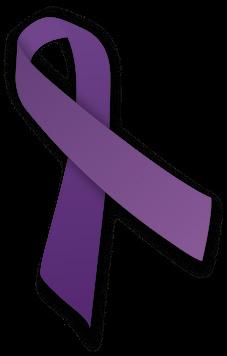
REAL HEROES REAL FOOD
Every day, Australia’s emergency services and first responders go above and beyond to protect our communities. At My Meals, we’re proud to support those who serve — with food made from real ingredients that power recovery, performance, and resilience.
I barely had time to cook with my shifts. My Meals has been a lifesaver — healthy, easy, and it actually tastes like real food.
Jodie
Nurse and Busy Mum
Gluten-free and no seed oils


A JARRAHDALE HOMEOWNER'S JOURNEY TO BUSHFIRE SAFETY AND BEAUTY
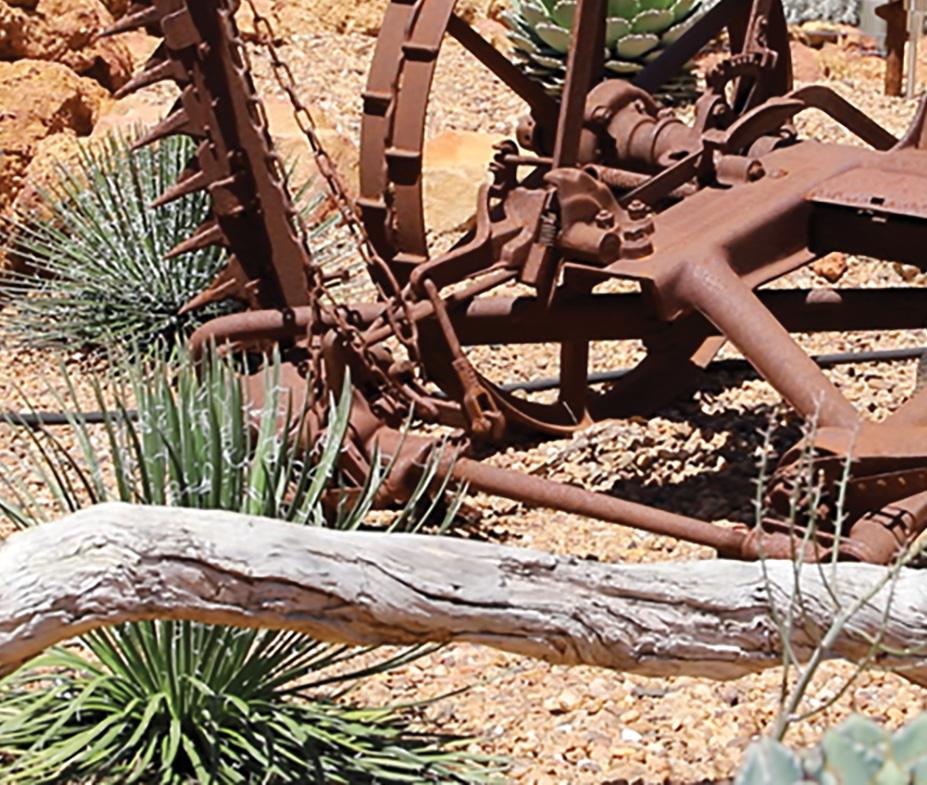
For homeowners in bushfire-prone areas, the concept of firewise gardening is more than just landscaping – it's a crucial component for protecting their property and reducing the risk of loss and damage during bushfires. The Bushfire Centre of Excellence recently chatted with Jarrahdale homeowner Gary about his firewise garden.
Source: Department of Fire & Emergency Services
Published on news.dfes.wa.gov.au
Before purchasing his one-acre property, Gary was aware that Jarrahdale, about 60km southeast of Perth CBD, is located within a bushfire-prone area and Gary knew he had to take that into consideration when planning the layout of his home and garden design. The vacant block had nothing on it but a large group of gum trees at time of purchase.
"One of the key factors when purchasing this property was the ability to landscape with a firewise approach. That includes planting away from the house, ensuring vegetation is not too close to the main building and choosing the right plantsall while not compromising on design," homeowner Gary said.
Firewise gardening became the cornerstone of the garden's design and layout, offering the
Arid garden
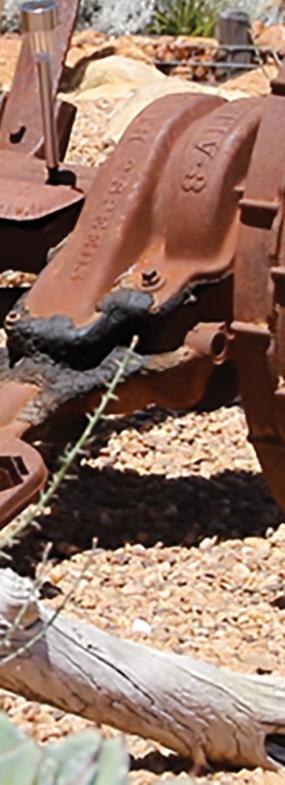
best possible chance of property protection in the event of a bushfire. It influenced plant selection and layout, while prioritising sustainability.
The inspiration behind the design was multifaceted, with the aim of achieving a delicate balance between functionality, sustainability and natural beauty.
Gary sought to create a garden that was not only firewise but also low maintenance and waterwise, appealing to native wildlife and aesthetically pleasing.
Practicality didn’t come at the expense of creativity. Gary integrated different textures of wood, steel, stone and water to create a harmonious garden that serves multiple functions.
“The creative ideas were in my head, and I usually tend to work with what I can source at the time, making use of recycled and upcycled materials” he said.
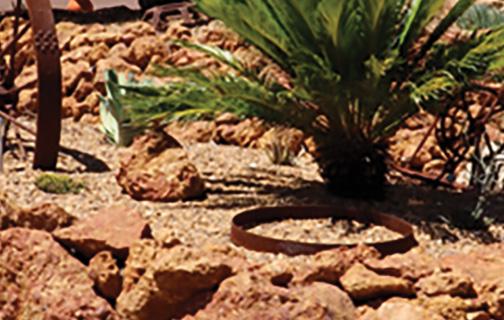
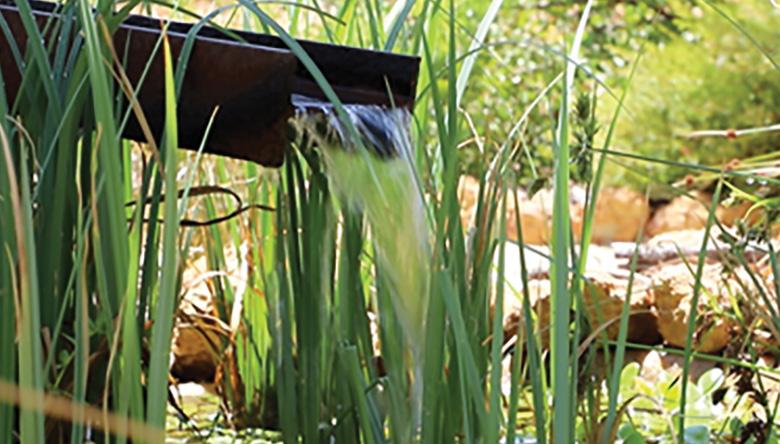
The entire garden seamlessly embodies the principles of the firewise gardening with a design to reduce bushfire risk through specific plant selection and a balanced sustainability approach.
Gary is really proud of the end product and a favourite aspect is the pond garden. “The sound of the running water down the beam is tranquil and relaxing” he said.
This carefully crafted oasis serves as a vital resource for the native and honeybees to quench their thirst. Birds including blue wrens and parrots love to sit on the beam for a drink and a bath. The pond garden also attracts lizards, bandicoots and frogs.
“It has become such an amazing environment for wildlife to make their own little sanctuary that didn’t exist here before – all that was here was a cluster of gum trees” Gary said.
This garden proves that firewise landscaping can be much more than just a safety measure - it can be a beautiful and enriching experience where functionality meets enjoyment, allowing homeowners to rest and recharge.
A three-part video series filmed on this property will be released soon, bringing key aspects of the Firewise guide to life and showcasing this exemplary firewise property.
To learn more about how to create a firewise garden, the Firewise Gardening in Western Australia guide is available to download for free on the DFES website, making it accessible to all Western Australians keen to become more firewise.
For a hard copy of the Firewise guide or further information, email bushfirecoe@dfes.wa.gov.au •
Arid garden - inspired by Karnup Nursery
Pond garden
EMERGENCY SERVICES VOLUNTEERS RECOGNISED
Volunteering WA and Volunteering QLD held their annual awards nights in May to coincide with National Volunteer Week.
Congratulations to winners representing emergency services organisations in these states.
Remaining states will hold events across the year. Some are still accepting nominations. Check out the Volunteering Australia website for more information.

WA YOUNG VOLUNTEER OF THE YEAR:
Bree Del Borrello, St John Ambulance
St John WA volunteer Bree Del Borrello, 25, is passionate about serving her community.
An enrolled nurse and Lancelin local, Bree volunteers as an Emergency Medical Technician at the Lancelin Sub Centre alongside her partner, Tyler, and motherin-law, Tonya.
In her first year as a volunteer, she clocked more than 200 hours. She has now contributed over 1,000 hours – a remarkable achievement for someone balancing work, study, and personal life.
Bree says one of the most rewarding parts of volunteering is the strong connection she’s built with her community.
“There’s something really special about being there for people on what might be their worst day,” she said.
“It’s made me feel more grounded and confident in both my personal and professional life.”
She hopes to eventually become a registered nurse and work in her hometown.
“I think the skills I’ve gained as a volunteer are vital in building the trust and connection I’ll need in that role,” she said.
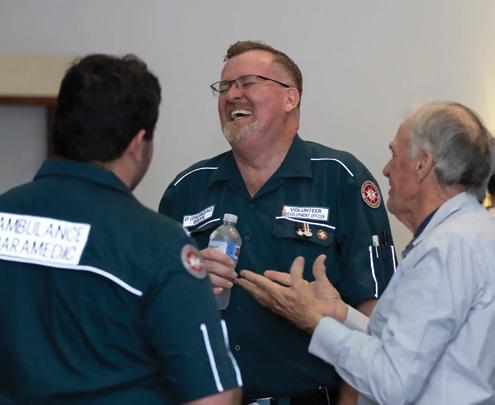
WA RAC VOLUNTEER OF THE YEAR:
Brian Gallop, St John Ambulance
Brian Gallop never planned to volunteer with St John WA, but after helping set up a sub centre in Sandstone in 1998, he was hooked.
A FIFO worker, Brian spends his time off volunteering as a Development Officer and Emergency Medical Technician, supporting sub centres across WA and knitting sensory aids for people with dementia and autism.
“I’m still coming to terms with the award and the absolute honour that it brings,” Brian said. “To be recognised among such amazing people is unbelievable.”
One of over 4,000 St John WA volunteers, Brian believes the win celebrates all volunteers. “We drop everything when someone needs help –that’s what volunteering is.”
He recalls comforting a young person in custody: “He just needed a hug and some hope.”
St John’s Allison Rayner said, “Brian epitomises compassion, leadership and skill – he has the biggest heart. All he does is for everyone else.”
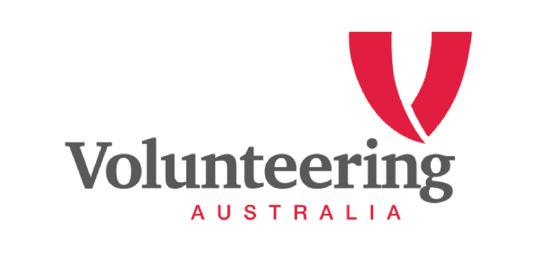
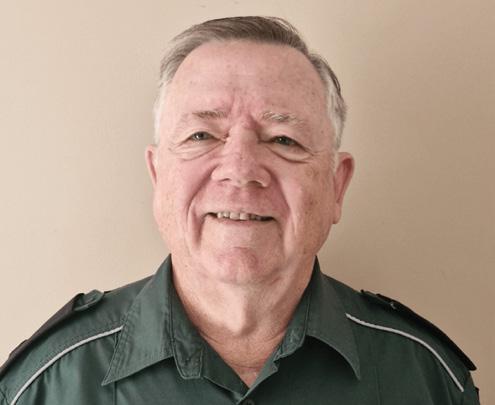
QLD LIFETIME CONTRIBUTION TO VOLUNTEERING AWARD:
Noel Sherrington, St John Ambulance
Noel Sherrington received the 2025 Lifetime Contribution to Volunteering Award at the Queensland Volunteering Awards for his extraordinary 42 years of service to first aid and community health.
His journey began in the late 1970s as a workplace first aider, but his desire to make a greater impact led him to join St John in 1983. Since then, he has progressed from frontline volunteer to leadership and training roles, always driven by a strong sense of purpose.
“What drew me to St John was its incredible history – but what’s kept me here is the sense of purpose and the people,” Noel said.
Inspired by his parents’ wartime volunteering, Noel has supported countless public events and emergency responses, including the 2009 Victorian bushfires and Brisbane floods in 2011 and 2013.
Now serving as State Volunteer Training Coordinator, he oversees volunteer education across Queensland.
“Noel is an outstanding example of sustained, passionate volunteering,” said CEO Peter Warrener. “His contribution has shaped lives statewide.”
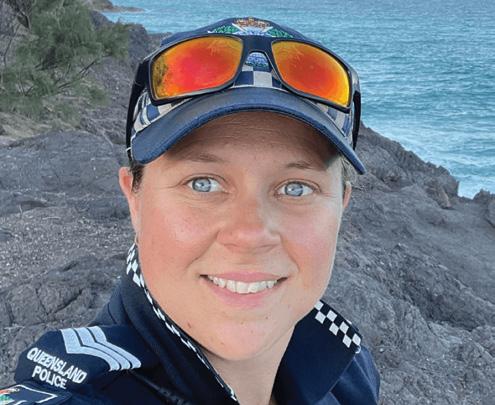
QLD EXCELLENCE IN VOLUNTEER MANAGEMENT AWARD:
Cindel Richardson, SES
Cindel Richardson began her SES journey at just 12 as an Emergency Services Cadet in Orange, later joining the Yeppoon SES Group at 16. More than two decades later, she remains a driving force in Queensland’s emergency services.
Cindel has supported major disaster responses, including Cyclones Larry, Yasi, Marcia, and the 2022 Brisbane floods. She mentors volunteers, leads training, and has raised over $60,000 for Yeppoon SES. Her work revitalised the Cleveland Group’s training and culture.
Balancing her role as an Acting Inspector with Queensland Police and raising three children, Cindel still dedicates hundreds of hours annually to SES operations. She champions member development and fosters strong, supportive team culture.
She has coordinated large-scale search and rescue operations, created innovative training programs, and strengthened recruitment and retention across the SES.
Cindel leads with empathy, integrity, and passion— building capability while fostering connection and belonging among volunteers. Her enduring commitment is a model of community service, leadership, and resilience.
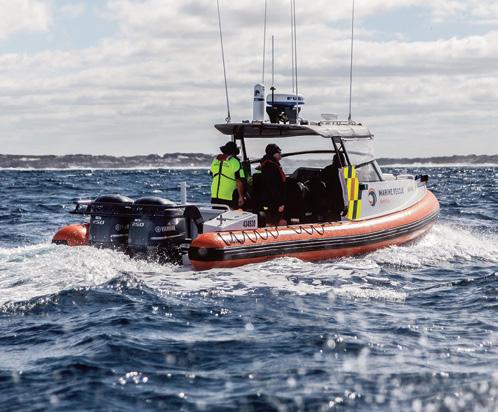
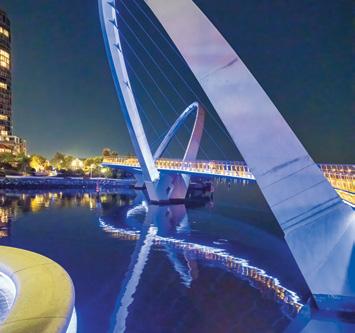
The theme of AFAC25, “From local to global: leveraging systems, capability and connection,” underscores the importance of collaboration across borders and sectors. As the world faces increasingly complex emergencies driven by climate change, technological disruption, and global crises, the event will explore how local innovations and systems can provide solutions with global impact. The conference aims to inspire collaboration and knowledge-sharing, ensuring emergency management professionals are prepared for current and future challenges.
Across 3 days, hundreds of international and national brands, products, services, and solutions are on display in the Free to Attend Exhibition Halls, for you to see, touch and discuss.




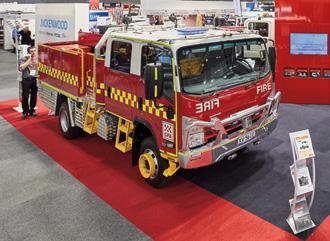
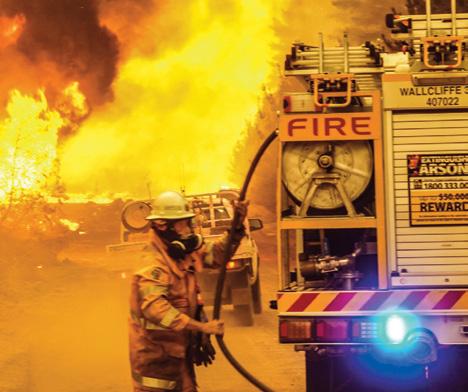
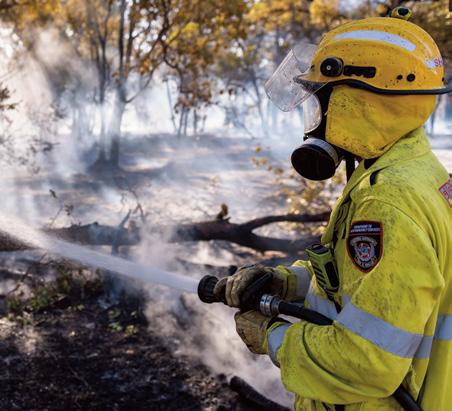
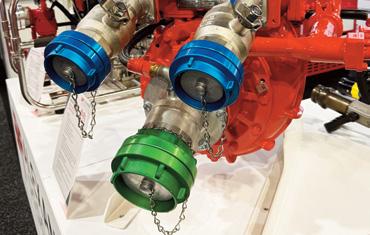
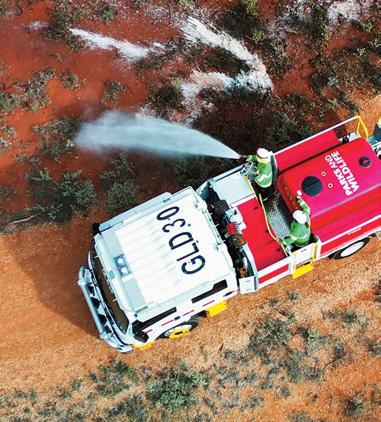
Delivering solutions to these industry groups:
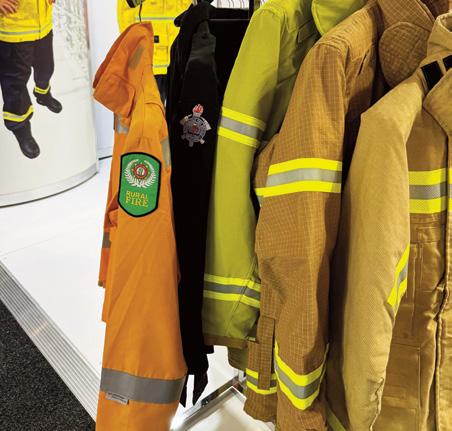
WORKFORCE
Fire First Responders / Police / Ambulance
HazMat / Industrial
Resilience / Recovery Mining / Gas & Petroleum Fire Prevention / Built Environment

TION

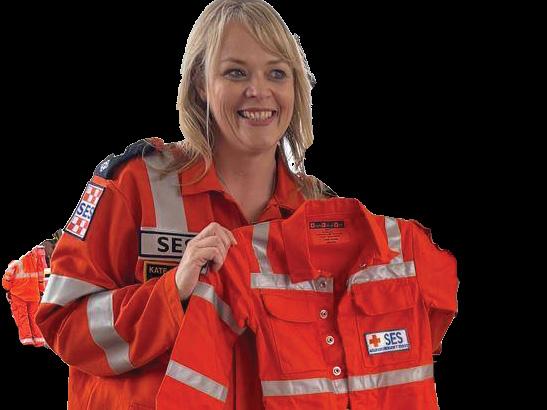
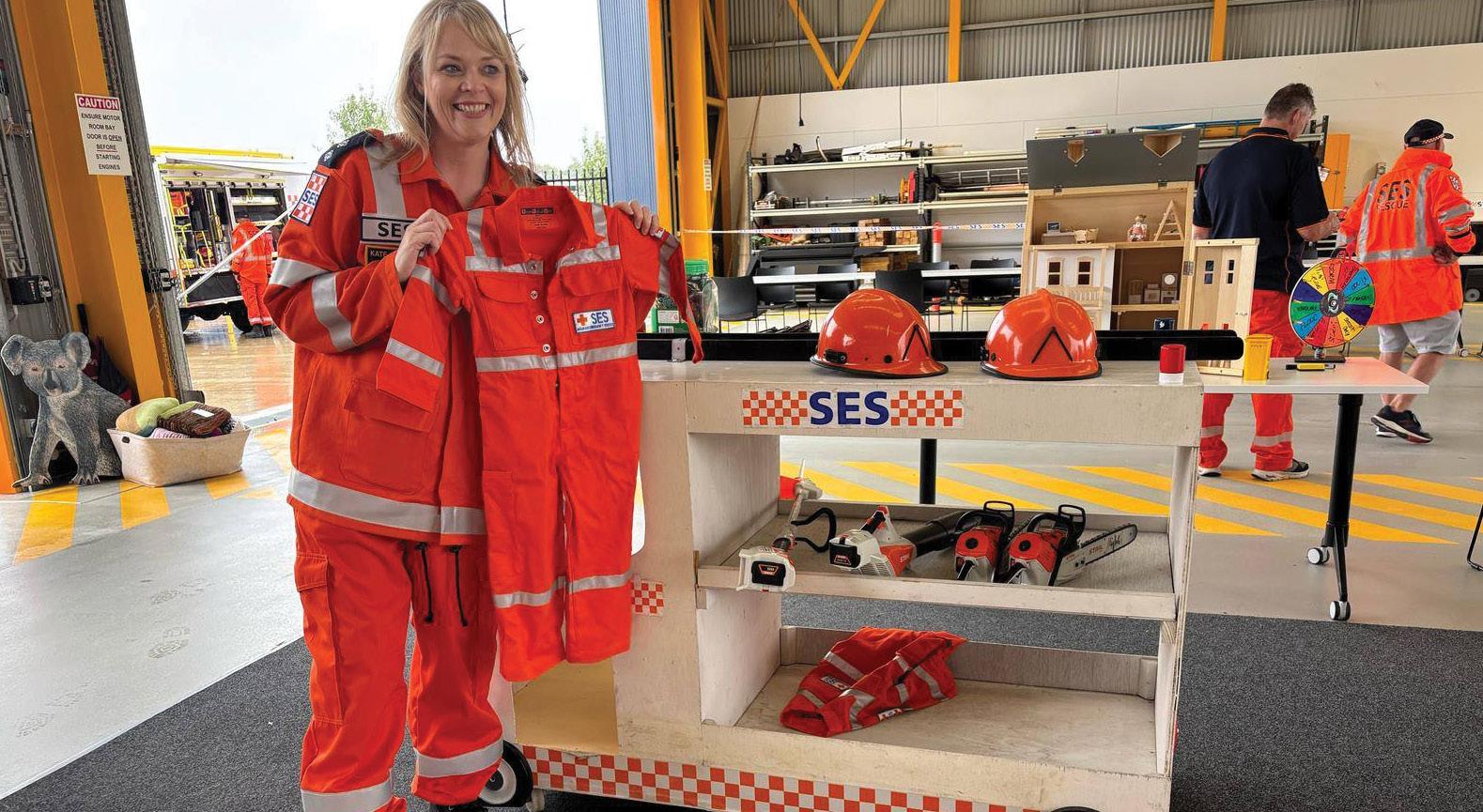
FROM THE GROUND UP:
Building Community Resilience in Cobram Through Engagement and Connection
On Saturday 29 March 2025, the Cobram State Emergency Service (SES) Unit hosted its most successful community engagement event to date an Open Day that brought together emergency service partners and community members from across the region for a day filled with connection, learning, and shared resilience.
By Kate Goldsmith
AIES (Victoria) Vice President & Deputy Controller Community Engagement and Resilience, Cobram SES Unit
Nestled on the banks of the Murray River in northern Victoria, Cobram is a closeknit rural town that forms part of the state border with New South Wales. With a strong agricultural base and a proud sense of community, the town is no stranger to the impacts of natural hazards, floods, storms, fires, and even tornadoes have all left their mark. The Cobram SES Unit plays an essential role in supporting local preparedness, response, and recovery, contributing to broader regional emergency management efforts across this high-risk area.
This event marked a major milestone in the growth of our newly formed Community Engagement and Resilience Team. Less than twelve months ago, our volunteers completed their VICSES Community Engagement Facilitator qualifications. Since then, we have been building the team from the ground up, developing our approach, forging new partnerships, and planning meaningful community-
focused activities. The Open Day showcased just how far we’ve come in a short amount of time.
Despite some light rain on the day, the community came out in force. We were thrilled to welcome young families, elderly residents, and members of culturally and linguistically diverse communities. There was a strong sense of curiosity and eagerness to engage, with many people taking the opportunity to learn more about the role of the SES and how they can be better prepared in the event of an emergency.
One of the most powerful aspects of the day was the awesome support from our fellow emergency service agencies, our trusted ‘4am friends’. These are the people and organisations we rely on when the pager goes off at the toughest of times. We were honoured to be joined by Ambulance Victoria, Cobram CFA, NSW SES Tocumwal and Deniliquin-Conargo Units, and Shepparton Search and Rescue. Their presence not only added depth
to the event but clearly demonstrated to the community the collaborative spirit that underpins our emergency response capability.
The event itself was packed with activity. The Road Crash Rescue multiagency demonstration drew a large and attentive crowd, and the learning opportunities were plentiful. Children were captivated by emergency awareness games and activities, including our ever-popular doll’s house safety display. Many attendees took the opportunity to climb aboard our rescue truck and learn about the tools we use in real-life emergency situations.
Paddy the Platypus, the official SES mascot, was a standout hit with the kids as always. Posing for photos, giving out high-fives, and helping reinforce important safety messages in a fun and engaging way.
We were also proud to partner with Dutch Thunder Wildlife Rescue, whose live educational display helped bridge the connection between wildlife rescues, natural disasters,
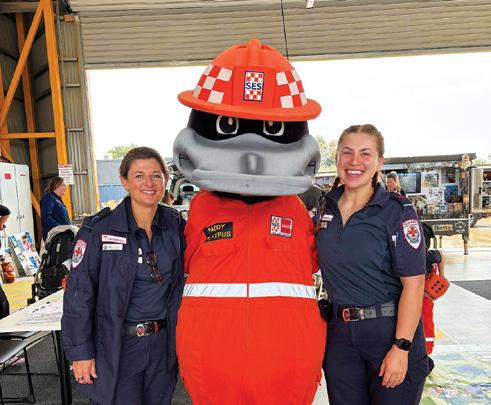
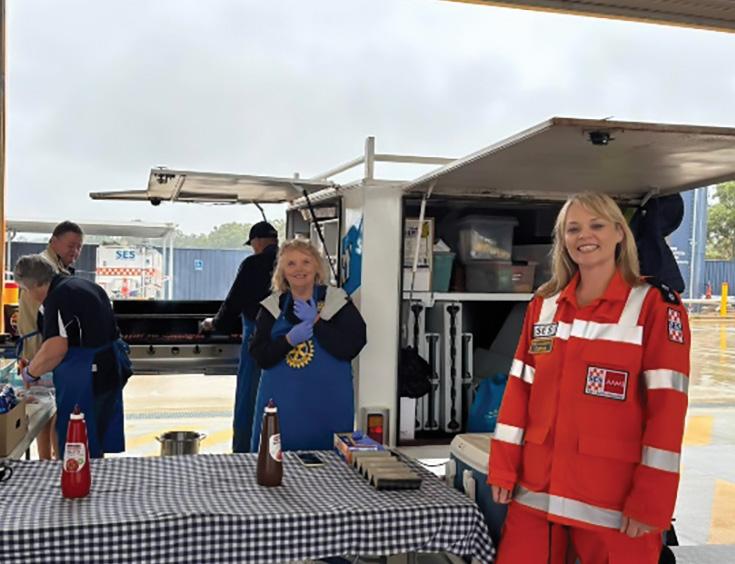
and emergency management. Their presence brought a unique dimension to the event and was particularly well received by both children and adults.
Local community groups and businesses helped bring the event to life. Cobram Rotary Club provided a sizzling BBQ, Odesi Coffee Van kept everyone fuelled, and Jeanie’s Face Painting brought a splash of colour and joy. STM Synergy Traffic Management supported with electronic signage in the lead-up to the event, helping to ensure a strong turnout from the community.
A central theme throughout the day was our focus on the First 72 Hours initiative. Through conversations, resources, and visual displays, we encouraged families to make a plan, stay informed, and understand the steps they can take to stay safe in the first critical hours following an emergency. We handed out flyers, plans, and fridge magnets, and were pleased to see many attendees
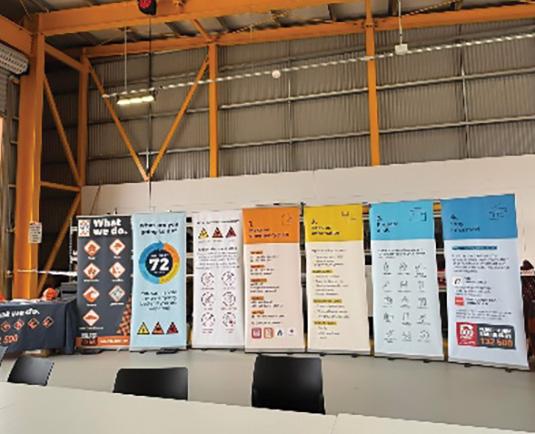

deeply engaged in these discussions, a large number making plans on the spot to begin preparing their homes and families.
Importantly, our impact didn’t stop at the gates. Through strategic use of social media, including a live Facebook stream, we reached more than 96,000 people over a 28-day period. Several individual videos received over 5,000 views, helping to expand our message of preparedness and resilience well beyond those who were able to attend in person.
One comment from a visitor perfectly captured the spirit of the day: “You would come and help us in any weather, the least we can do is come out in the rain to support you.” That sentiment of mutual respect and care reflects the deep relationship we are building with our community through events like this one.
As the Victorian Vice President of the Australasian Institute of Emergency Services, I am proud to see this type of grassroots engagement model
having such a strong impact. And as the Deputy Controller of Community Engagement and Resilience for the Cobram SES Unit, I am equally proud of our team of volunteers who embraced a new role, stepped up to the challenge, and delivered something truly special. We are only at the beginning of our journey, but with every event, every interaction, and every effort to connect, we are building a more resilient and prepared Cobram. •
ABOUT THE AUTHOR
Kate Goldsmith CESM, MAIES is the Victorian Vice President of the Australasian Institute of Emergency Services and the Deputy Unit Controller –Community Engagement and Resilience at Cobram VIC SES. She also serves as the Emergency Management Coordinator at Campaspe Shire Council.
FEATURE STORY
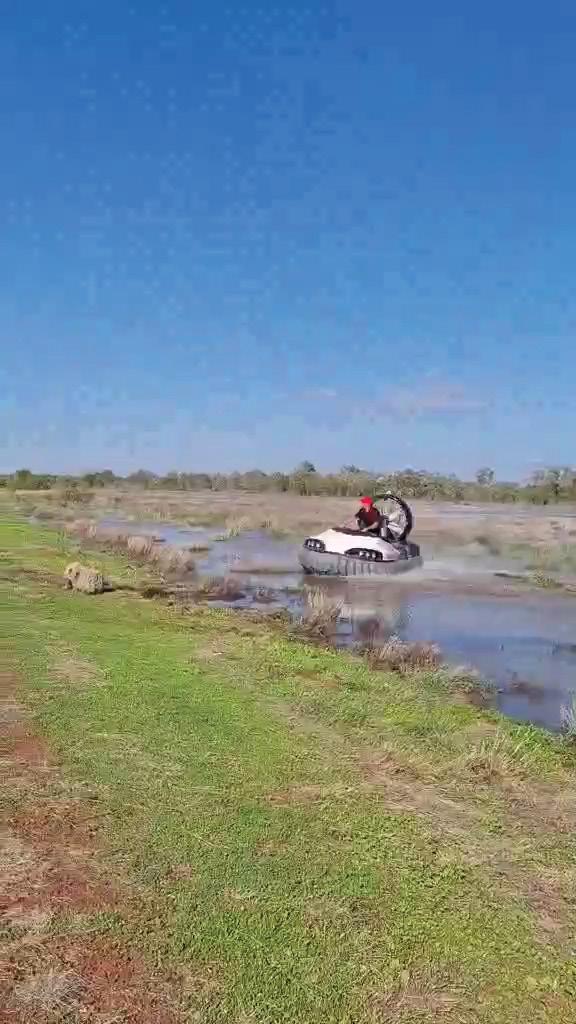
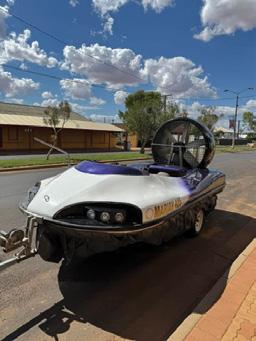
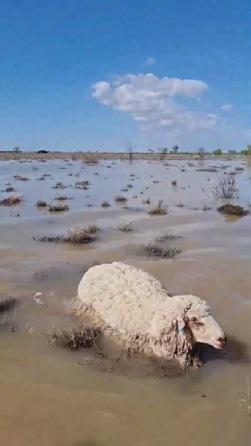
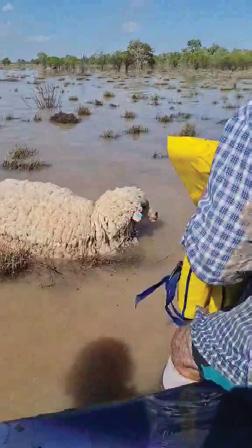
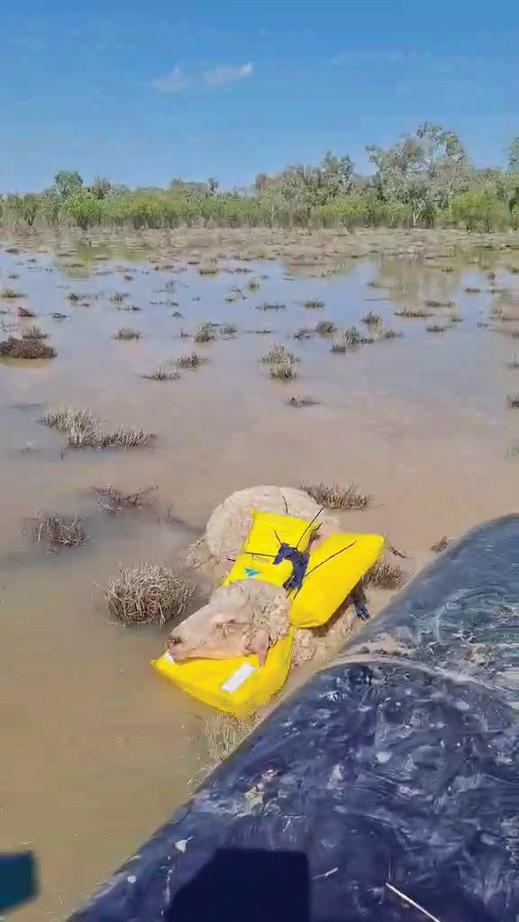

WHY ARE HOVERCRAFT BENEFICIAL IN THE ROLE SEARCH AND RESCUE?
The principles of hovercraft are simple, they produce a cushion of air beneath the hull which is contained by a flexible curtain around the hull. This allows the hovercraft to travel on land as well as water, irrespective of the depth.
t Mariah we have taken this technology to the next level and our craft are fitted with a powerful 4 stroke EFI engine. We have researched the benefits of larger diameter fans, the mathematics has shown us that there are major benefits in this area of the hovercraft. Greater volume of air can be produced for the same power used in a smaller
Placement of rudders in the outlet of the fan duct also played
Most new comers to the Hovercraft market assume all hovercraft are the same, but that is not the case. Nevertheless, all hovercrafts produce a cushion of air and they can move in any direction. Be that as it may our hovercraft has more power than you can ever use and this means that when you need to change direction you have the power available to push you in the
The improved rudder placement means our hovercraft react instantly
The increased volume of air produced by the larger ducted fan means greater lift capacity, thus increasing the carrying capacity.
It also equates to faster water starts and a quicker response time.
When the hovercraft is in motion on water the Mariah 425 hull is 300mm above the water, it is only the tips of the skirt fingers that are brushing the surface of the water. The speed of the water beneath hull of the hovercraft has no impact on the movement of the hovercraft across the water. Small objects that are protruding from the water have no impact on the hovercrafts operation. Submerged fences are not an issue for a hovercraft if you cannot see it, then you don’t need to be concerned.
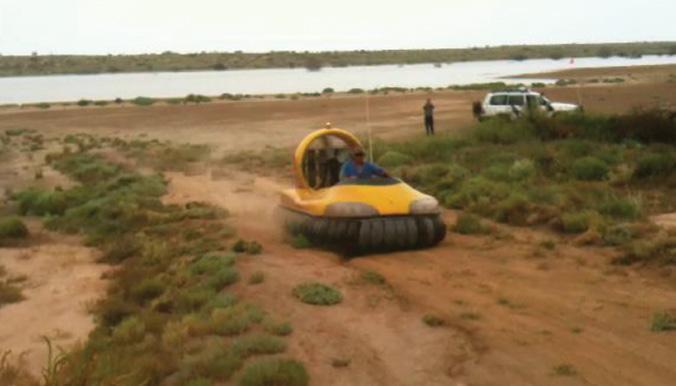
A star picket or tree stumps protruding from the water should be avoided in the same way you would in a boat. Tuffs of grass, water lilies and reeds have no impact on the hovercraft operation. The Mariah 425 has 70 individual skirt segments fitted around the perimeter of the craft. The lower part of each segment is affixed to the hull by a cable tie. These a sacrificial and if a skirt segment is snagged then the cable tie will break and the segment will flap until you return to land and fit a new cable tie.
The advantage of the hovercraft is that you deploy the hovercraft on land and then drive it into the water, it is a one man launch and retrieve operation.
We performed a body recovery for the water police in Hastings. An elderly woman with dementia drowned and was washed up in the mangroves. The police had been trying for a number of hours to get to her but were unable to reach her. Then our assistance was requested. From the time that we unloaded the hovercraft and returned with her remains was only 8 minutes.
A similar scenario in the cooper basin floods in 2012-13, beach oil were using an aluminum boat to travel
from their campsite to their work site each day. The journey time was one hour and 10 minutes, once that had our hovercraft the journey time was 6 minutes.
When lives are at risk minutes can make the difference every time. People stranded on roof tops hovercraft can zip in and retrieve them with ease. People stranded on roofs of cars, hovercraft can save the day.
At Mariah we provide an intensive training program to make sure the operators of our product are competent and skilled to drive our product in a range of conditions. Just like driving a car or a truck you much be trained so that you can pass a proficiency test.
I spent a week at Beach Oils Moomba facility training 12 of their staff to operate our hovercraft.
We are able to fit a range of additional feature to suit the end user’s needs.
Items such as Stretcher Bridge to retain a rescue basket, a lightweight utility deck around the front of the hovercraft that can support a person walking on it.
Additional fuel tank to give 4 hours of run time. Light bar for search lights and so in. •
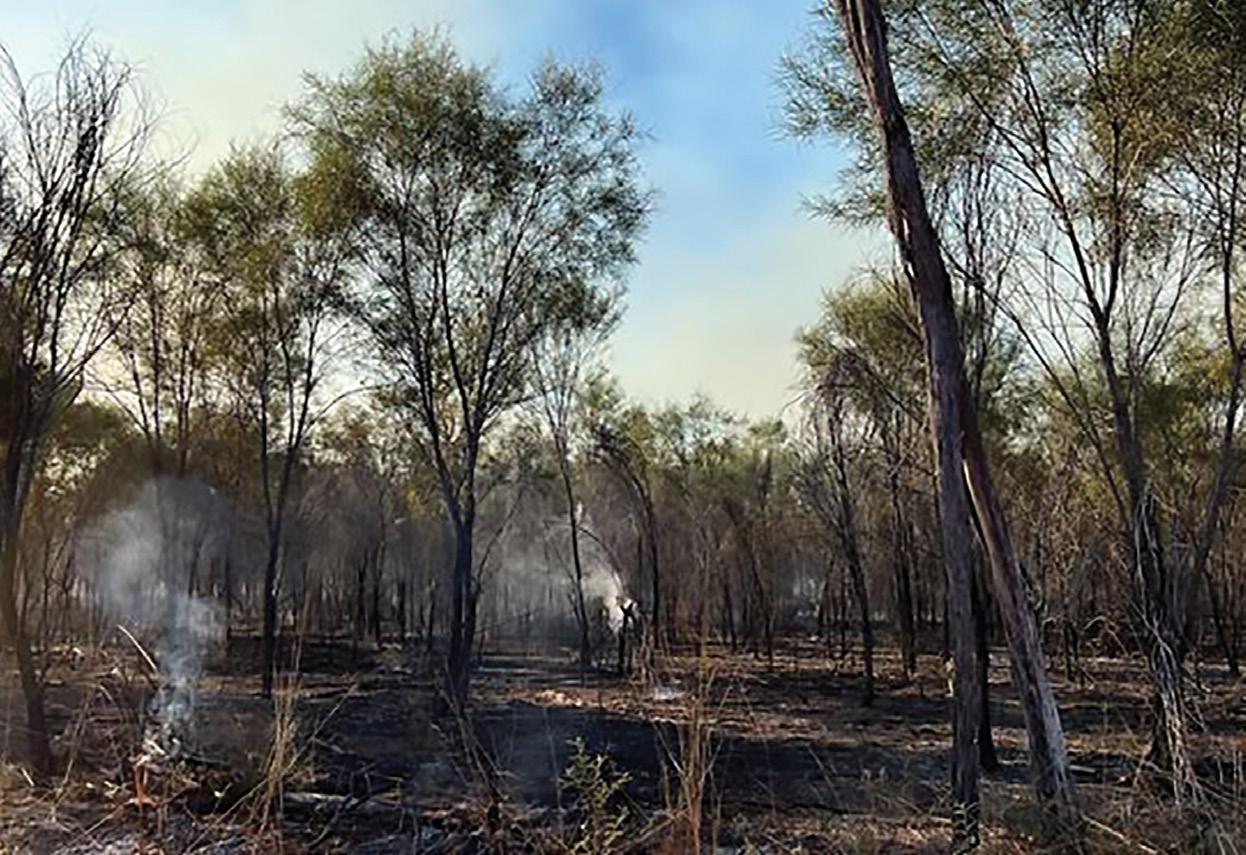
STRENGTHENING COMMUNITIES THROUGH ENHANCED BUSHFIRE RISK MANAGEMENT
Bushfire Mitigiation
In May 2024, the Department of Fire and Emergency Services’ (DFES) Office of Bushfire Risk Management (OBRM) hosted a workshop on the impact of bushfires on systems and networks that support community function.
Source: Department of Fire & Emergency Services
Published on news.dfes.wa.gov.au
Representatives from 12 local governments and staff from four DFES regions participated in the workshop that followed the release of the updated Guidelines for Preparing a Bushfire Risk Management Plan 2023, which now includes systemic risk. The guidelines help local governments prepare for potential disruptions to the systems and networks that support the community, boosting community resilience and reducing the impacts of a bushfire.
WHAT IS SYSTEMIC RISK?
Systemic risk refers to the potential of a bushfire to cause widespread disruptions across interconnected systems and networks that support community function. These impacts
extend beyond the immediate fireaffected area, influencing social, economic and environmental aspects of the community.
For example, if a bushfire destroys a local school, children will need to be relocated to another town for their education. If rebuilding takes years, families may move permanently to where their children are attending school. This population decrease can lead to several major issues:
• Population decline: families may not return even after the school is rebuilt, causing a permanent drop in the community’s population.
• Economic impact: small businesses and other employers lose workers and customers which may force them to close. If farmland is also affected,
it could disrupt local, regional and statewide supply chains.
• Community disruption: local clubs and organisations might shut down due to the reduced population, leading to a decline in community values, wellbeing, social connections and resilience. Addressing systemic risk involves understanding how a bushfire can trigger widespread disruptions, affecting people’s quality of life and the overall functioning of the community.
THE APPROACH
The workshop’s primary objective was to test collaborative approaches for assessing systemic risk. By bringing together individuals familiar with local communities, the workshop
fostered discussions and brainstorming sessions to explore effective risk management strategies.
This collaborative environment helped participants improve their risk management skills and highlighted the importance of community empowerment and resilience in addressing systemic risks. For example, through education and working groups focused on bushfires, participants learned about treatments to reduce systemic risk, developed effective bushfire plans and enhanced the adaptive capacity of the community.
Feedback from the workshop emphasised the human-centric nature of systemic risks and the value of community-focused resilience strategies.
The strong turnout and enthusiasm from local governments and DFES staff was a testament to the significance of this topic. OBRM plans to continue refining this approach and integrating it into future educational workshops.
For more information, please contact OBRM at obrm@dfes.wa.gov.au . •

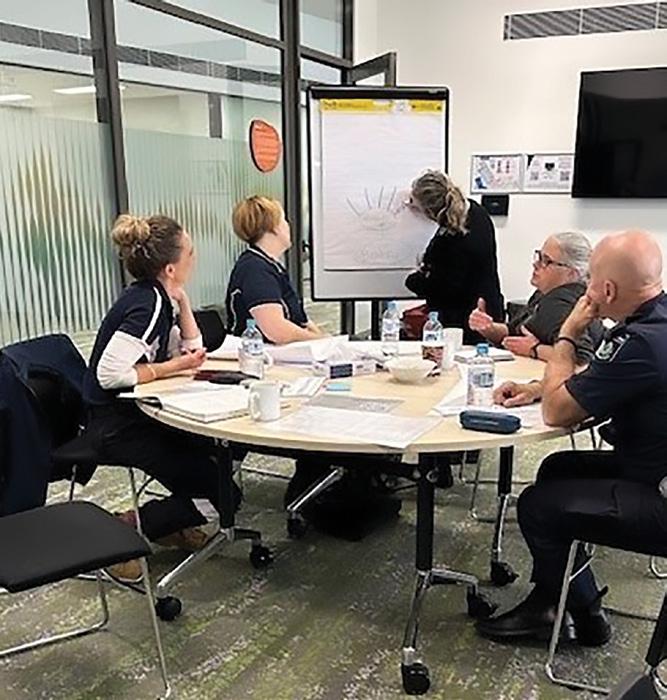

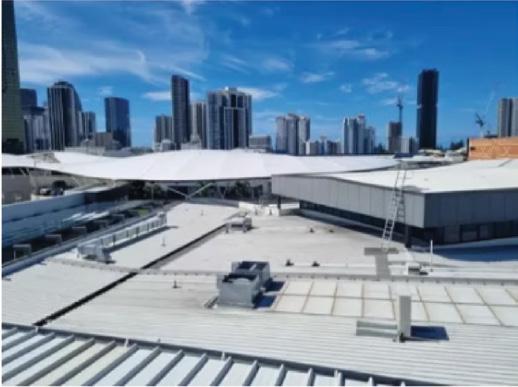
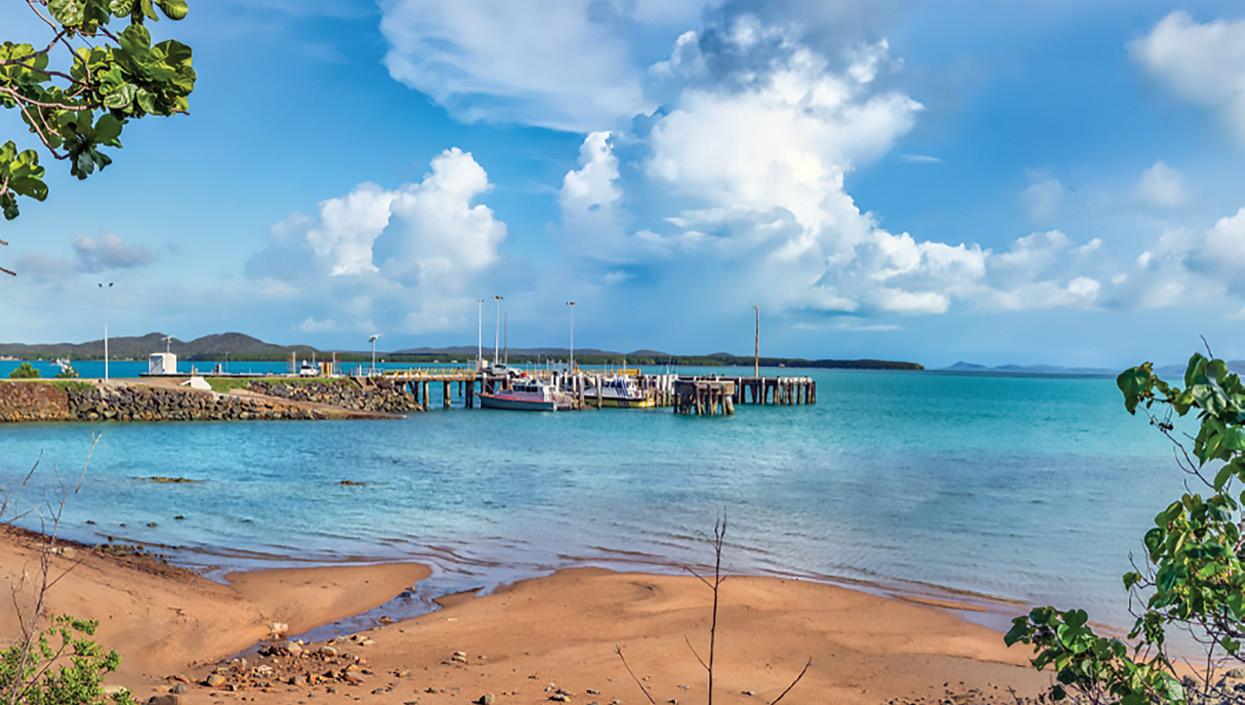
MARINE RESCUE QUEENSLAND LAUNCHES FIRST UNITS IN THE TORRES STRAIT
Marine Rescue Queensland (MRQ) has introduced three Volunteer Marine Rescue (VMR) units and a newly established unit in the Torres Strait.
Source: Queensland Police Service
MRQ Kubin – located on Moa Island – was established in response to community need and joins the newly launched MRQ units on Thursday Island, Masig and St Pauls.
Activity on the water is an essential lifeline to communities in the Torres Strait, where some of the highest search and rescue activity in Queensland occurs. Marine rescue volunteers cover more than 250 nautical miles across the Torres Strait, and the remoteness of rescues and limited VHF radio coverage can be challenging at times for the 25-strong volunteer team.
Each unit carries out around a dozen activations each year and jobs can become lengthy due to the sheer distance they service.
Communities across the Torres Strait have relied on marine rescue units for the past 24 years on Thursday Island, 17 years on St Pauls on Moa Island and seven years on Masig on Yorke Island.
Thursday Island originally was an Australian Volunteer Coast Guard Association unit up until 1999, then in 2001 it became VMR.
A citation celebration will be held on Saturday, 24 May to recognise the volunteers as inaugural MRQ volunteer members. It also pays homage to the legacy of volunteers and their many years of service to keeping people safe at sea in the Torres Strait.
MRQ is Queensland’s first state-wide, State Government-funded volunteer marine rescue service dedicated to saving lives at sea and supporting those on or near the water.
In June 2024 MRQ became part of the Queensland Police Service, bringing together the expertise and diverse geographic knowledge of our marine rescue volunteers with QPS’ disaster and emergency service response.
MRQ Chief Officer Tony Wulff said the newly launched Torres Strait units represent an important step for MRQ’s capability to continue delivering for Queensland’s regions.
“These units are our most northern units across the state and boast some of the most diverse and challenging areas for our volunteers to carry out rescues,” Mr Wulff said.
“Volunteers are dedicated to helping keep the Torres Strait’s on-water
community safe and we couldn’t be prouder to launch our first MRQestablished unit MRQ Kubin on Moa Island, and welcome volunteers from St Pauls, Thursday Island and Masig to the service.
“We know this community relies on the support of their experienced volunteers to help them in their times of need and this support will continue from the same, friendly faces they know.
“MRQ now has marine rescue units as far north as the Torres Strait and south to Currumbin on the Gold Coast and we look forward to welcoming more units to the MRQ family.”
MRQ Thursday Island, MRQ Masig, MRQ St Pauls and MRQ Kubin follow the transitions of MRQ Bundaberg on 22 April, MRQ North Stradbroke on 8 April, MRQ Port Douglas on 11 December 2024, MRQ Jacobs Well on 9 December 2024, MRQ Hervey Bay on 3 December 2024, MRQ Victoria Point on 19 November 2024, MRQ Currumbin on 14 November 2024 and MRQ Gladstone and Mackay units in July 2024. •



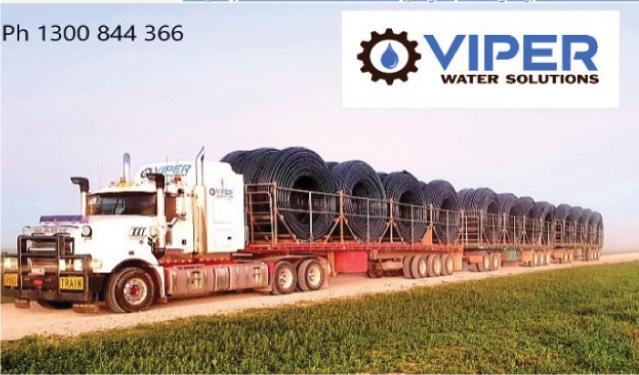

RECOVERY CONTINUES FOR MID NORTH COAST COMMUNITIES AS NSW SES HAND OVER TO NSW RECONSTRUCTION AUTHORITY
The NSW State Emergency Service’s (SES) operational response after heavy rainfall and severe flooding caused extensive damage to homes, businesses and infrastructure on the Mid North Coast and in the Hunter concluded on 9 June – almost three weeks after the rains started to pour.
Source: NSW SES
“We’ve seen thousands of people come together in support of one another with many more putting their hand up to join our volunteer ranks.
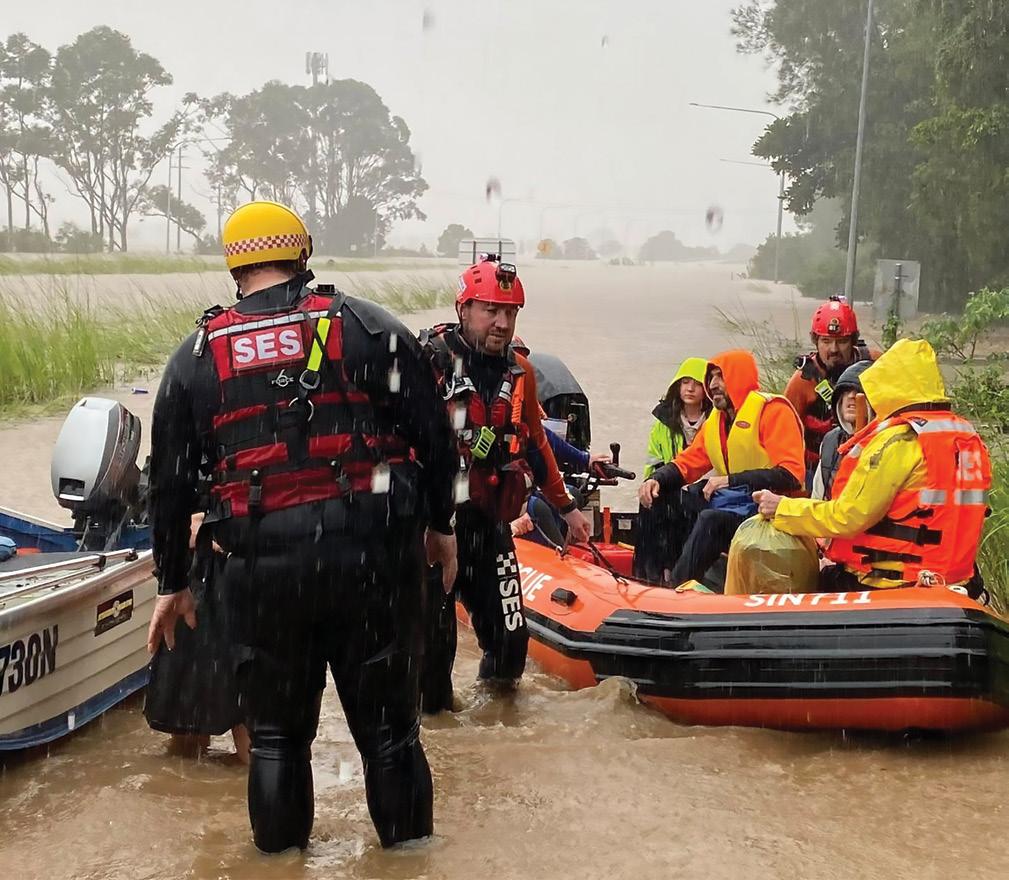
Floods in some areas were the highest ever recorded, including in Taree, where the Manning River exceeded a century-old record.
The SES led an extensive emergency response with volunteers and partner agencies – including NSW Rural Fire Service, Fire and Rescue NSW, NSW Police, NSW Ambulance, Surf Life Saving NSW, Marine Rescue NSW, and VRA Rescue NSW – working tirelessly to protect and support impacted communities.
During the response the SES carried out resupply operations to isolated communities, delivering essential supplies including food, water and medicine, as well as conducting hundreds of flood rescues.
Hundreds more emergency service partners and community members have tirelessly assisted with damage assessments, as well as undertaking cleanout and washout of damaged properties.
The NSW Reconstruction Authority will now assume responsibility for managing clean-up and repair efforts in the impacted communities as part of the recovery process.
Recovery Access Points are up and running in Taree, Kempsey, Port Macquarie, Macksville and Maitland.
RESPONSE FROM MINISTER FOR EMERGENCY SERVICES JIHAD DIB
“The floods on the Mid North Coast have devastated communities, and once again the NSW SES has answered the call to support local communities during the worst of times.
“We’ve seen thousands of people come together in support of one another with many more putting their hand up to join our volunteer ranks.
“I’ve met dozens of volunteers on the ground in Kempsey, Maitland, Port Macquarie, Taree and Wingham in the past week, and witnessed first-hand the exceptional support from across NSW, as well as interstate and internationally.
“As we move from the response phase into the recovery phase, we reiterate our message to the community that we’ll continue to walk the road ahead together.”
RESPONSE FROM MINISTER FOR RECOVERY JANELLE SAFFIN
“A big thank you to the SES for the work they did in response to the floods. The work that they did saved lives.
“The NSW Reconstruction Authority will now lead recovery operations, and we already have teams on the ground helping people get back on their feet so they can return to their daily lives.
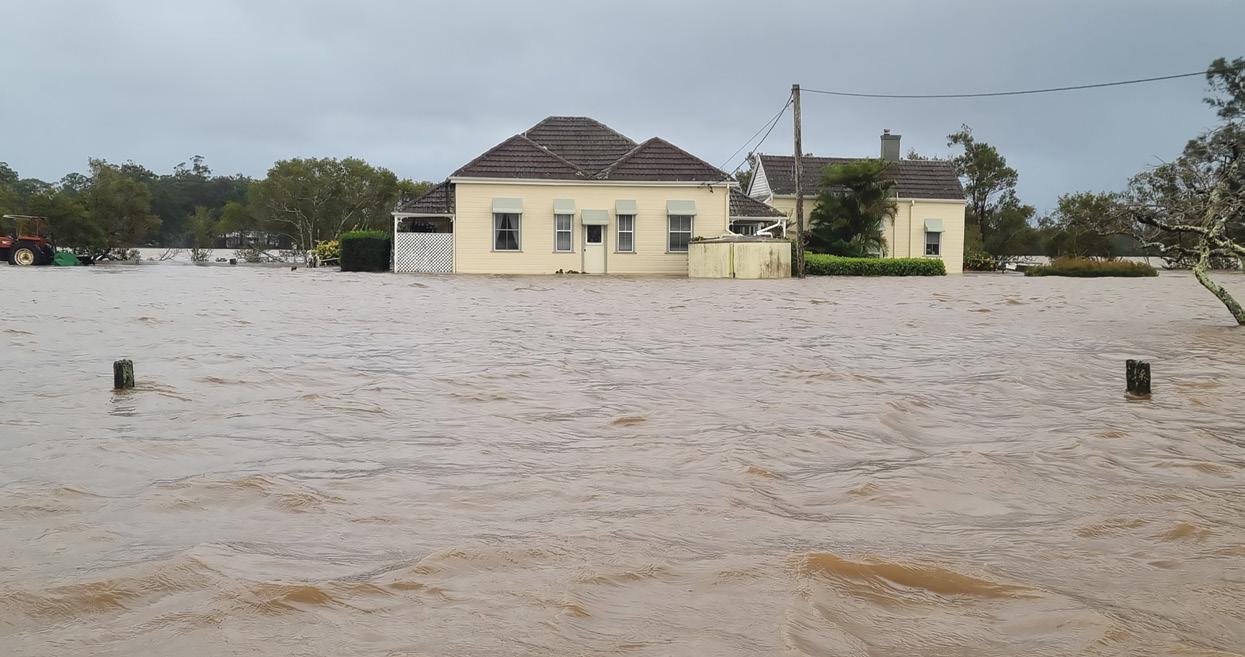
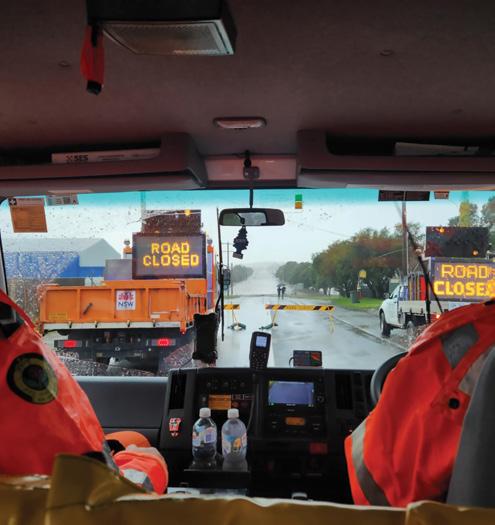
‘We have appointed former NSW Police Deputy Commissioner Dave Owens as Recovery Coordinator responsible for coordinating clean-up and repair efforts in the affected communities.”
RESPONSE FROM NSW SES COMMISSIONER MIKE WASSING
“I want to thank SES volunteers, and our emergency service colleagues from across Australia and New Zealand for their dedication and commitment during this crisis.
“As we transition into the recovery phase of this operation, our priority remains delivering essential supplies to residents who remain isolated.
“While the SES hands over the recovery operation to the Reconstruction Authority, I thank the thousands of community members who mobilised to support and assist with the clean-up.
“Many SES volunteers responding to this event live in impacted areas, leaving their families and loved ones to help their communities, and I’m certain they’ll rebuild stronger than before.”
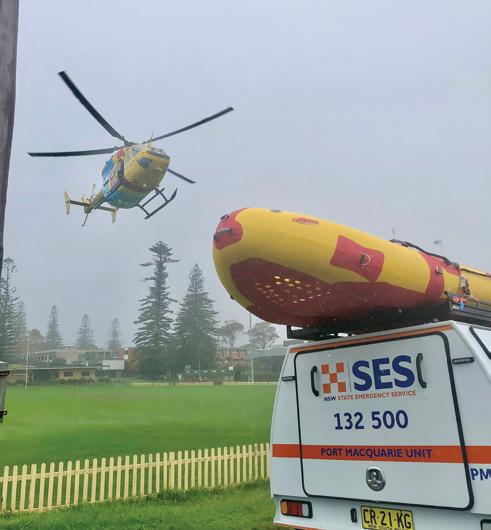
Between Wednesday 14 May and 9 June, NSW SES:
• Received 17,679 calls for assistance
• Responded to 8,895 incidents
• Completed 806 flood rescues
• Issued 1,206 warnings
• Completed 416 resupply missions to isolated communities
• Conducted more than 12,020 damage assessments
During this significant event, NSW SES mobilised more than 2,200 volunteers to assist communities, alongside:
• 836 emergency service personnel from across NSW and the country
• 70 emergency service personnel from Australian Defence
• 6 emergency service personnel from New Zealand.








PREPARED FOR ANYTHING:
The Growth of the First 72 Hours Program One Year On
At the 2024 Australian and New Zealand Disaster & Emergency Management Conference (ANZDEM), Karen van Huizen and I were privileged to present the First 72 Hours program.
By Kate Goldsmith CESM MAIES MAIEM
AIES (Victoria) Vice President
Karen van Huizen MAIES
AIES Member
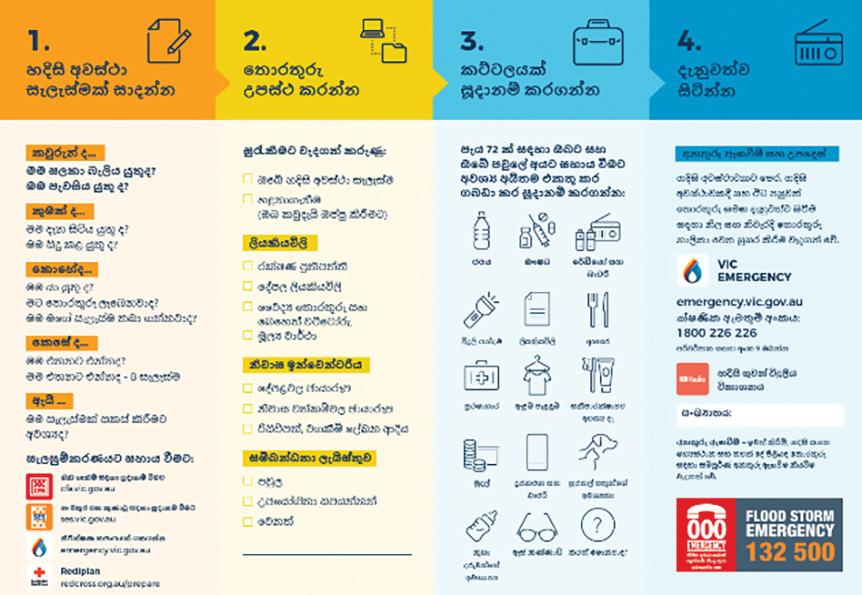
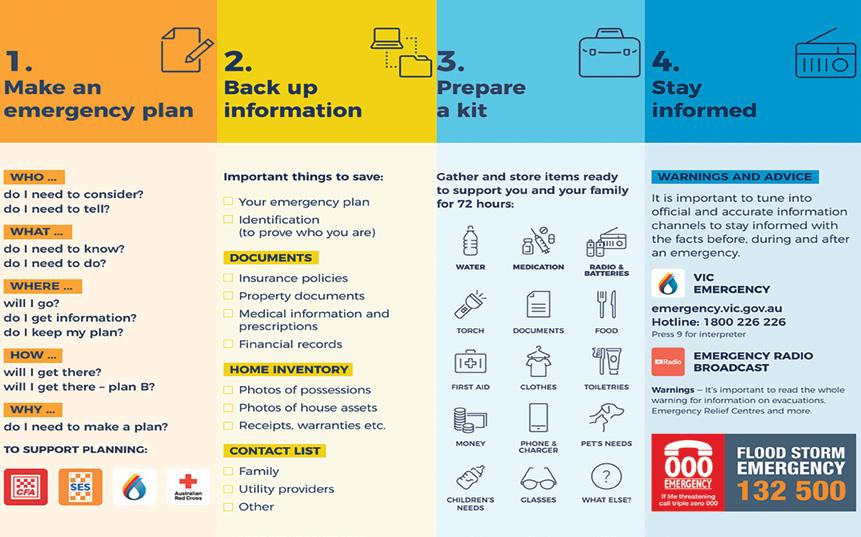
Asimple, inclusive and practical framework for strengthening preparedness at the individual, household, and community level. Designed in alignment with the Sendai Framework for Disaster Risk Reduction 2015–2030, the program helps people take proactive steps toward understanding risk, building confidence, and making informed decisions in times of disruption or crisis.
Since that presentation, the program has grown in both reach and relevance. It has now been translated into eleven languages, improving access for culturally and linguistically diverse (CALD) communities. A tailored New South Wales version of the program has also been developed,
reflecting regional planning priorities and community needs. This expansion has been shaped, in part, by our involvement at ANZDEM 2024. The conference gave us a national platform to share our work and connected us with a broad network of practitioners, leaders, and agencies who have supported the program’s ongoing evolution. The First 72 Hours model was created in response to the lived experience of disaster-affected communities, particularly those dealing with rolling, compounding events over many years. In areas like Victoria’s Hume region, communities have faced drought, floods, fire, pandemic restrictions, and public health outbreaks in relentless sequence. These experiences of cumulative trauma diminish
the community’s capacity to recover and prepare for what’s next. The First 72 Hours program helps bridge that gap by offering a structure that encourages people to reflect on their needs, assess their vulnerabilities, and put simple plans in place before disaster strikes.
The program is deliberately inclusive and designed to be accessible to everyone. It considers the needs of First Nations peoples, LGBTQIA+ communities, individuals with colour blindness or dyslexia, and people for whom English is not a first language. Visual elements are straightforward, language is clear and supportive, and the process is adaptable to different contexts. Resilience, as we see it, is not a fixed trait, it’s a series of small, considered actions taken in advance, by people who understand what matters most to them.
The planning worksheet is central to the program. It guides users to think about core aspects of their emergency needs, such as safe access to food, water, medications, communication methods, and support for children, elderly family members, or pets. Importantly, it also prompts people to think about their mental and emotional well-being under stress, offering a sense of clarity and reassurance in the face of uncertainty. This mental preparedness can be just as critical as physical resources when navigating high-stress situations.
Beyond the individual level, the program also supports community-wide resilience. It encourages conversations between neighbours and fosters support networks that can be activated when services are stretched or delayed. In practice, we have seen communities use this program to identify those most at risk, share resources, and check in on one another in ways that have meaningful, lasting impact.
We also believe that the First 72 Hours helps improve how governments and agencies work with communities. By encouraging people to articulate their own preparedness needs, it offers a bottom-up view of risk and capacity that can inform service delivery, emergency planning, and community engagement strategies. In this way, the program doesn’t just help communities become more resilient, it also helps institutions better understand how to support that resilience effectively.
While we won’t be attending or presenting at ANZDEM 2025 on the Gold Coast in July, we are enthusiastic supporters of the event and strongly encourage our colleagues across the emergency management and community development sectors to take up the opportunity to attend.
The conference offers an exceptional forum for sharing ideas, learning from others, and exploring the latest research and innovations in disaster preparedness and recovery.
For us, ANZDEM 2024 was a turning point—a moment when the work we had been developing quietly was suddenly connected with a national audience. That connection has fuelled the program’s growth, deepened its relevance, and opened doors to new collaborations.
We remain committed to the principle that knowledge not shared, is knowledge lost. Sharing the First 72 Hours program at ANZDEM created ripples that are still being felt, and we look forward to seeing how others will continue to shape and adapt it to meet the needs of their own communities.
For more information or to access the First 72 Hours resources, please contact us directly on the details on the following page. Resilience starts with understanding, and that starts with a conversation. •
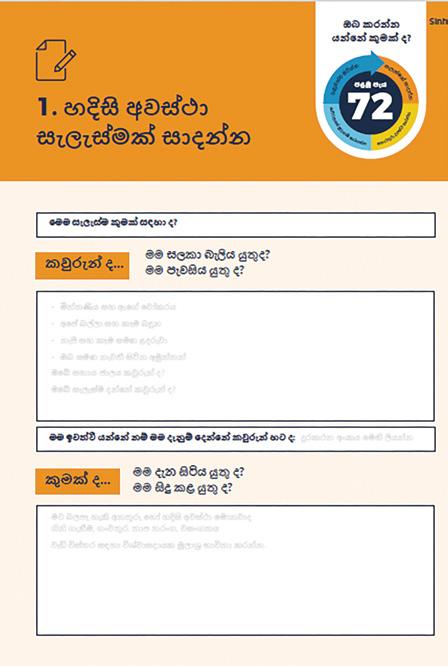
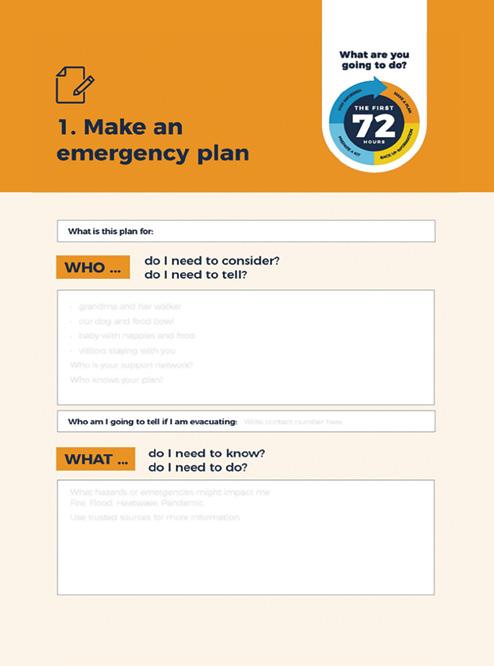
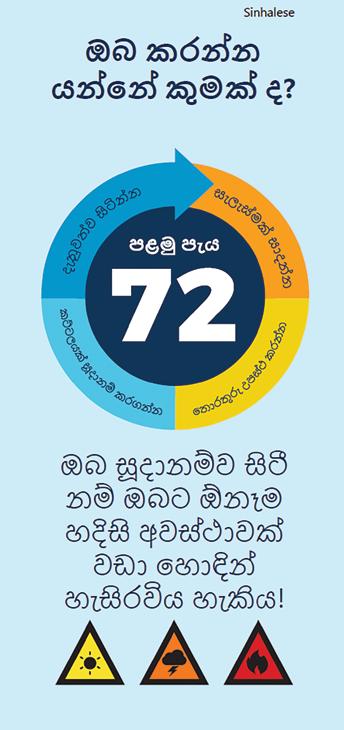
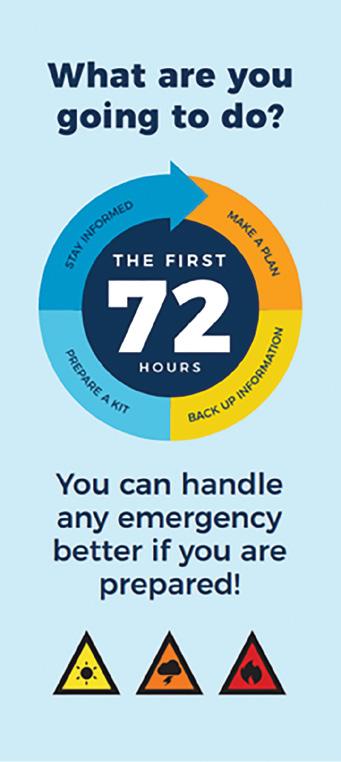

Management Professional VicePresident.VIC@aies.net.au
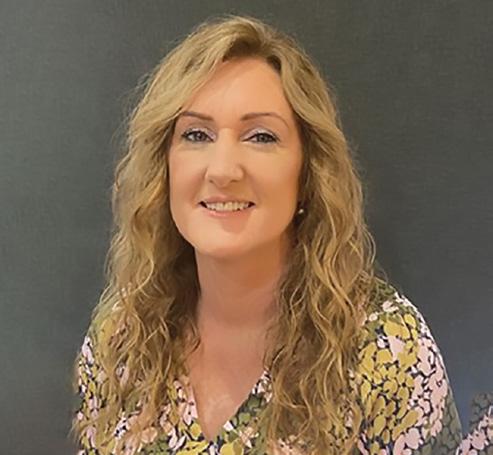

Kate Goldsmith is a Bachelor qualified Emergency Management professional working in the Victorian Local Government sector. She has had the privilege of leading the planning, coordination, and evaluation of emergency management activities at a local level. She coordinated the October 2022 flood response for Moira Shire and contributed to the Parliamentary Inquiry into the event. Kate is also a co-creator of The First 72 Hours community resilience program, which empowers communities to be better prepared during the initial phase of emergencies.
In addition to her local government role, Kate is an active member of the Cobram VIC SES Unit, where she serves as Deputy Controller of Community Engagement and Resilience. She is deeply passionate about strengthening community safety and resilience through meaningful engagement and capacity-building initiatives.
In 2024, Kate was awarded the Australasian Institute of Emergency Services (AIES) National Award for Excellence and became the first Certified Emergency Services Manager. She currently serves as Vice President of the Victorian Division and as the Victorian Elected Member on the AIES National Board.
Karen van Huizen is the Emergency Management Coordinator at Alpine Shire Council, a CFA volunteer since 2016, and a Community Safety Coordinator. Living in a fire -impacted community, she played a key role in post-2015 fire recovery and continues to lead emergency preparedness and resilience initiatives.
Through the co-creation of The First 72 Hours Community Resilience Program, Karen helps individuals, businesses, and local governments develop practical, sustainable strategies for disaster preparedness. She champions community-led resilience, addressing critical needs like food security, shelter, and climate adaptation while ensuring grassroots initiatives align with broader emergency management frameworks.
Karen’s dedication to empowering communities earned her the 2023 Australian Women in Emergencies Award for Excellence, recognising her leadership, innovation, and impact in emergency management.

Kate Goldsmith CESM, MAIES, MIAEM Emergency
Karen van Huizen MAIES Emergency Management Professional karen@vanhdesign.com.au
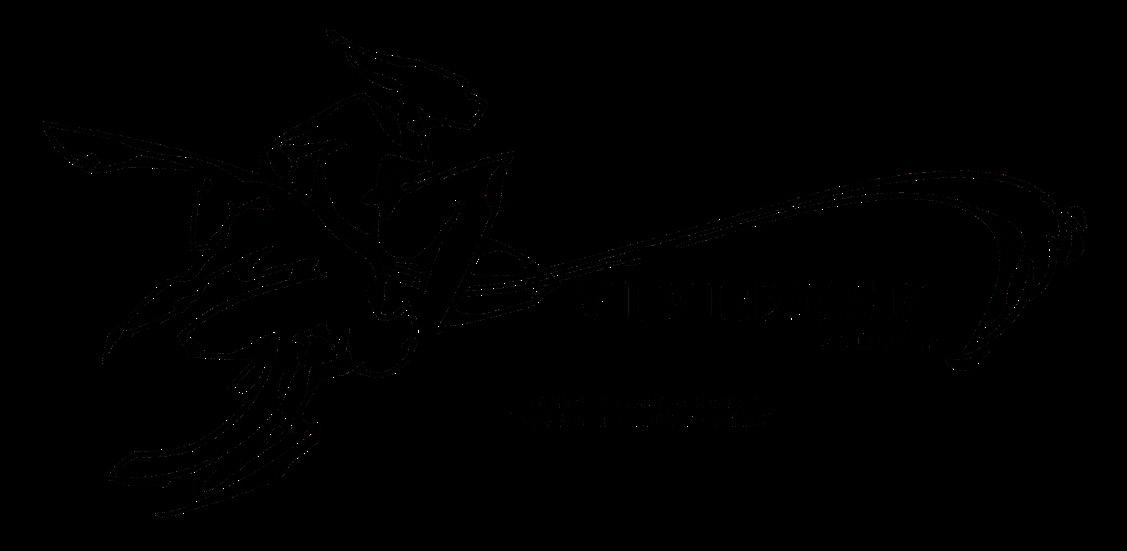




Knotts 4 U
QLD handmade macrame stall with a unique di erence & made with lots of love. Stock availability may vary from time to time, however custom orders are welcome if you need something to fill that blank space at home.
Contact us today!
email: sharonogrady2010@hotmail.com ph: 0437 784 696
Ship Aust wide @ buyers expense Proudly Supporting
Founded by a lifelong artist with a passion for storytelling,Vivid Dusk Studios is the culmination of years of dedication and growth.
Since discovering a calling for animation in 2019, after years of studying and mastering the arts, we’ve poured our hearts into crafting dynamic, hand-drawn visuals that bring stories to life.
Whether you’re seeking a creative partner to elevate your brand, project or story, we’re here to make something extraordinary-together.
At Vivid Dusk Studios we’re dedicated to breathing life into the timeless art of 2D hand-drawn animation.
Our mission is to revive this cherished medium and offer clients creations that are not only visually captivating but also deeply personal and unique.
Inspired by the magic of comic books and classic cartoons,we strive to create animation that resonates with heart and artistry, setting your vision apart from the rest.

Providing individuals, families, athletes & the wider community with professional health and fitness services.
Budget Friendly, Professional Health & Exercise Programs with the support and care of a Family Friendly Environment.
Look after your family’s health today!
• Remedial therapy
• Train anywhere, anytime with our FSC App and online coaching
• Children and teens development sessions
• FIFO/DIDO discounts available
• No lock-in contracts!
Drive! Strive! Thrive! Contact us today: 0484 922 776
Visit us: Shed A, 5 Wadell Road, Two Mile, Gympie QLD 4570
Email: teams@fscgym.com.au
Website: www.fscgym.com.au

SUDDEN ARRIVALS:
NZ ambulance crews describe what it’s like when babies are born out of the blue

It doesn’t happen very often, but every now and then expectant mothers don’t quite make it to the delivery suite on time –requiring specialised care from emergency medical services (EMS).
This can happen when babies come early, when the motherto-be is in denial, or when they simply don’t know they are pregnant. These out-of-hospital births can increase the risks for both mother and child.
While there haven’t been any New Zealand-specific studies, data from Norway and Ireland show infant mortality rates are two to three times higher for unplanned out-ofhospital births compared to those in medical facilities.
In 2024, Hato Hone St John, Aotearoa New Zealand’s largest ambulance service, responded to 2,745 obstetric emergencies. This accounted for 0.9% of all ambulance patients – similar to comparable countries such as Australia and the United States.
In our new research, we surveyed Hato Hone St John ambulance personnel to better understand their experiences attending unplanned out-of-hospital births. Although such events are rare, personnel must be prepared to provide care for mothers and newborns during any clinical shift.
The 147 responses we received highlighted the need for ongoing and targeted training for staff as they
balance supporting the safe arrival of a newborn with patient and whānaucentered care.
NAVIGATING THE UNKNOWN
EMS personnel reported being dispatched for reports of abdominal or back pain in female patients, only to encounter an unanticipated imminent birth upon arrival.
In many of these cases, patients were unaware of their pregnancies and had received no prior antenatal care. This left EMS personnel to lead labour and birth care without crucial information about gestational age or potential complications. As one paramedic explained: The call was for nontraumatic back pain. The patient had a cryptic pregnancy and was not aware she was pregnant until I informed her that she was in labour. I was the senior clinician in attendance, we were 25 minutes to a maternity unit that didn’t have surgical facilities and a [neonatal unit].
In some situations, EMS personnel attended teenage patients who were in denial of their pregnancies or fearful it would be discovered by their families.
Attending to the mother’s emotional needs, respecting her dignity and navigating family dynamics compounded existing challenges to providing care.
Another paramedic explained: Attended an 18-year-old that did not know or was in denial that she was pregnant. She had the baby on her own in the bathroom. The parents came home during the birth, and she was too scared to tell them and kept the baby quiet by nursing her. She called an ambulance from the bathroom and told them she didn’t want the parents to know.
PRACTICAL CHALLENGES
Complex births, medical emergencies and limited specialised neonatal equipment required EMS to improvise in such cases. While some focused on skin-to-skin contact between mother and baby, others prepared makeshift blankets using things such as plastic clingfilm to keep their newborn patients warm. An intensive care paramedic said: I needed to “chew” through the cord with the scissors provided, which was frustrating given the patient
was under CPR. Also, I wanted to keep the patient warm as the house was cold and it was winter, so I used the Gladwrap in the ambulance. The roll I had was a new one and very difficult to start up as it shredded. I ended up using the patient’s industrial size wrap with a plastic blade attached.
The distance to a specialised newborn care facility, as well as rules around who could be transported and when, meant mothers and babies sometimes needed separate transport. This distressed mothers and added pressure to already stressful situations. One North Island-based paramedic explained:
The baby was flown to [a tertiary hospital] – great for the baby but very distressing for mum as she had to be transported by road.
Detailed accounts emerged of EMS providing labour and birth care in remote and poorer areas, such as homes with no electricity or heating, far away from hospital facilities and with no back up readily available. Another South Island-based paramedic said:
I called for backup I was not sent assistance and had to manage the mother and [newborn] by myself during a 15-minute drive to the birth suite.
It was 2 degrees outside and the front door was open. The house was cold, and the mother was standing in the bathroom with the [newborn] lying on the cold floor. I called for backup as the mother had a severe postpartum haemorrhage, and the [newborn] required resuscitation. I was not sent assistance and had to manage the mother and [newborn] by myself during a 15-minute drive to the birth suite at hospital.
The stories shared by New Zealand ambulance personnel not only described their critical role in providing care during labour and birth, but also highlighted a gap in care for women not accessing routine antenatal and birth services.

TRAINING AND SUPPORT NEEDED
Studies from Norway, Australia, the US and the United Kingdom have previously highlighted the need for dedicated EMS training and equipment to support out-of-hospital births. Change is happening in New Zealand. Recent updates to Hato Hone St John guidelines, resources and training, including education on cultural considerations related to birth, aim to prepare EMS personnel for these unpredictable and high-risk scenarios. Ongoing training and education will be critical to support clinicians to confidently address birth emergencies while continuing to deliver patient and whānau-centered care. •

HARNESSING FIRST NATIONS KNOWLEDGE WITH THE DISASTER READY FUND
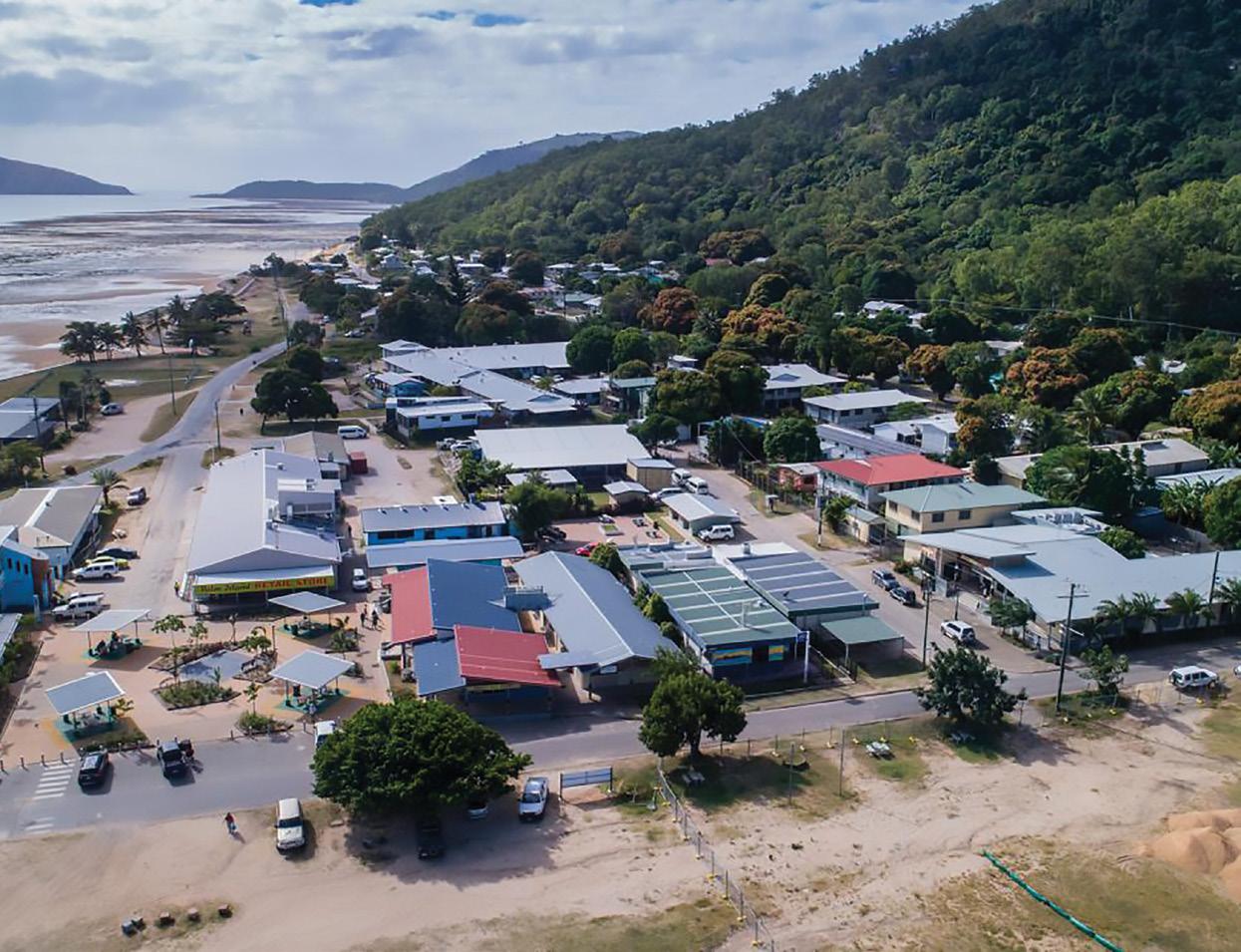
The Australian Government’s National Emergency Management Agency (NEMA) continues to support Indigenous-led projects through its Disaster Ready Fund (DRF).
These projects support First Nations peoples and communities by keeping culture strong and building stronger communities.
Australia is seeing a change in weather, including hotter days, bigger bushfires and higher levels of rain and flooding.
First Nations peoples’ unique knowledge of Country helps communities prepare for dangerous weather and protect them from its impacts.
DISASTER READY FUNDING FOR FIRST NATIONS COMMUNITIES
The (DRF) is providing up to $1 billion to build disaster resilience through funded projects that can help:
• Make roads or airstrips better to mitigate against the impacts of flooding
• Build places to keep people safe on-Country if they must leave their homes
• Help First Nations organisations work with communities to educate and develop emergency plans
• Help First Nations people care for their Country to protect cultural heritage
• Fund place based First Nations controlled projects to keep people safe from dangerous weather.
Round One DRF funded First Nations projects include:
• $240,000 for pre-construction work on a cyclone shelter in Palm Island, Queensland.
• $125,690 to undertake drone monitoring of at-risk coastal areas using Aboriginal drone operators to support better planning against extreme weather in the southwest of Western Australia.
• $1.15 million for sustainable disaster relief food solutions in the Northern Territory to coordinate the distribution of food to communities in the event of a disaster.
• $280,000 to protect Ngunnawal cultural sites in the Tidbinbilla Nature Reserve, ACT.
Round Two DRF funded First Nations projects include:
• $3.7 million for the Aboriginal Communities Emergency Management Program (ACEMP), New South Wales.
• $2.4 million for Awakening Peramangk cultural practices through Kiri (fire) in South Australia. This project will deliver support for Peramangk people to return to managing Country. They will achieve this through unique and sensible approaches to bushfire hazard reduction.
• $66,919 to fund the Reintroduction of Cultural Burning on Eyre Peninsula to Mitigate the Risk of Bushfire. The project showcases cultural burning as a strategy for reducing the risk of bushfires. It will help facilitate the exchange of cross-cultural knowledge between Wirangu and Nauo Native Title groups, emergency services, and relevant organisations
• $5.4 million to fund the Eastern Community Resilience Centre in Western Australia. The Centre will provide a central location for the provision of services for more than 24 Indigenous communities. These communities become isolated when the road between Derby and Fitzroy Crossing is closed. The Centre will consist of accommodation, storage, caretaker facilities, power and water supply.
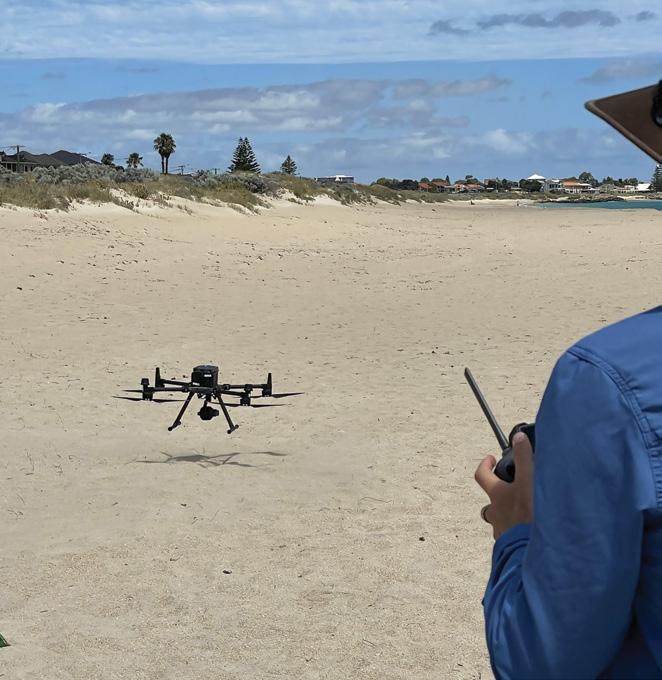





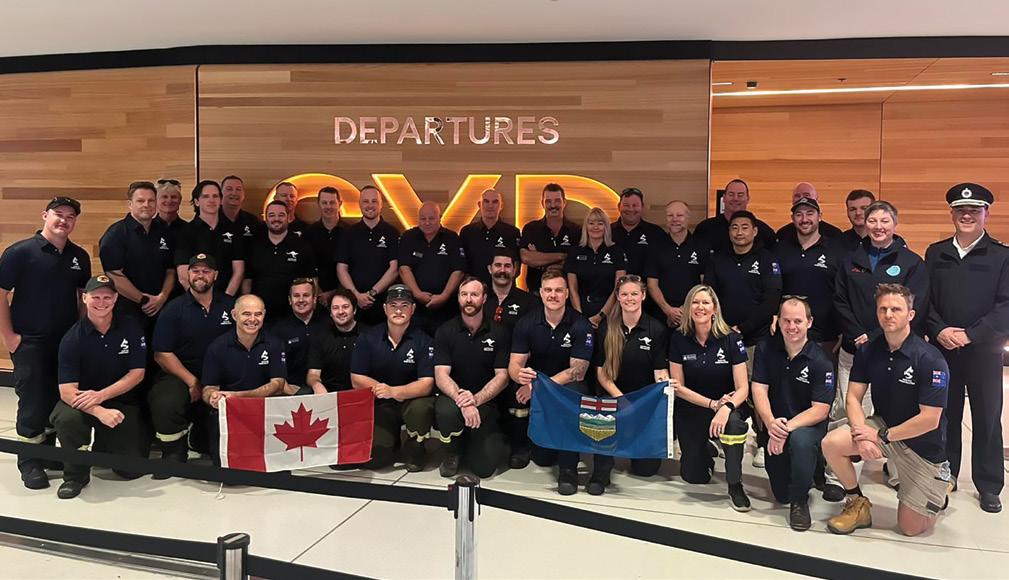
NSW TEAMS RESPOND TO CANADA’S CALL FOR FIREFIGHTING SUPPORT
A deployment of 54 NSW firefighting specialists departed Sydney on 9 June to support Canadian authorities battling more than 200 wildfires across the country, which had already burned over 2.3 million hectares.
The NSW personnel joined a 96-strong Australian contingent, following a formal request for assistance from Canada’s Interagency Forest Fire Centre. The deployment was coordinated by the Australasian Fire and Emergency Service Authorities Council’s (AFAC) National Resource Sharing Centre.
The NSW team included 36 members from the NSW Rural Fire Service, 16 from the National Parks and Wildlife Service, and two from Forestry Corporation NSW. The deployment included incident management specialists and frontline firefighters, all with significant experience responding to complex fire conditions both in Australia and overseas.
This deployment reinforced the strong international partnerships that exist between fire agencies, and the global recognition of the expertise within Australia’s firefighting ranks.

Minister for Emergency Services Jihad Dib said NSW understood the destructive power of bush and forest fires and was ready to support its Canadian colleagues in their time of need.
“I’d like to thank all personnel involved in this deployment and wish them well. We look forward to their safe return,” Minister Dib said.
Commissioner of the RFS Rob Rogers said “NSW has a long and proud tradition of supporting international firefighting efforts, including previous deployments to Canada over the past two decades.








“Our 737 Large Air Tanker, Marie Bashir, is in California providing assistance. This contingent, along the LAT, demonstrates the depth of capability we can offer, not just on the ground but also in the air, to assist international partners during their times of need.”



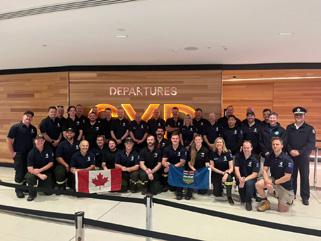

CHALLENGE CAMP INSPIRES STRENGTH, CONFIDENCE, AND CONNECTION AMONG CFA WOMEN
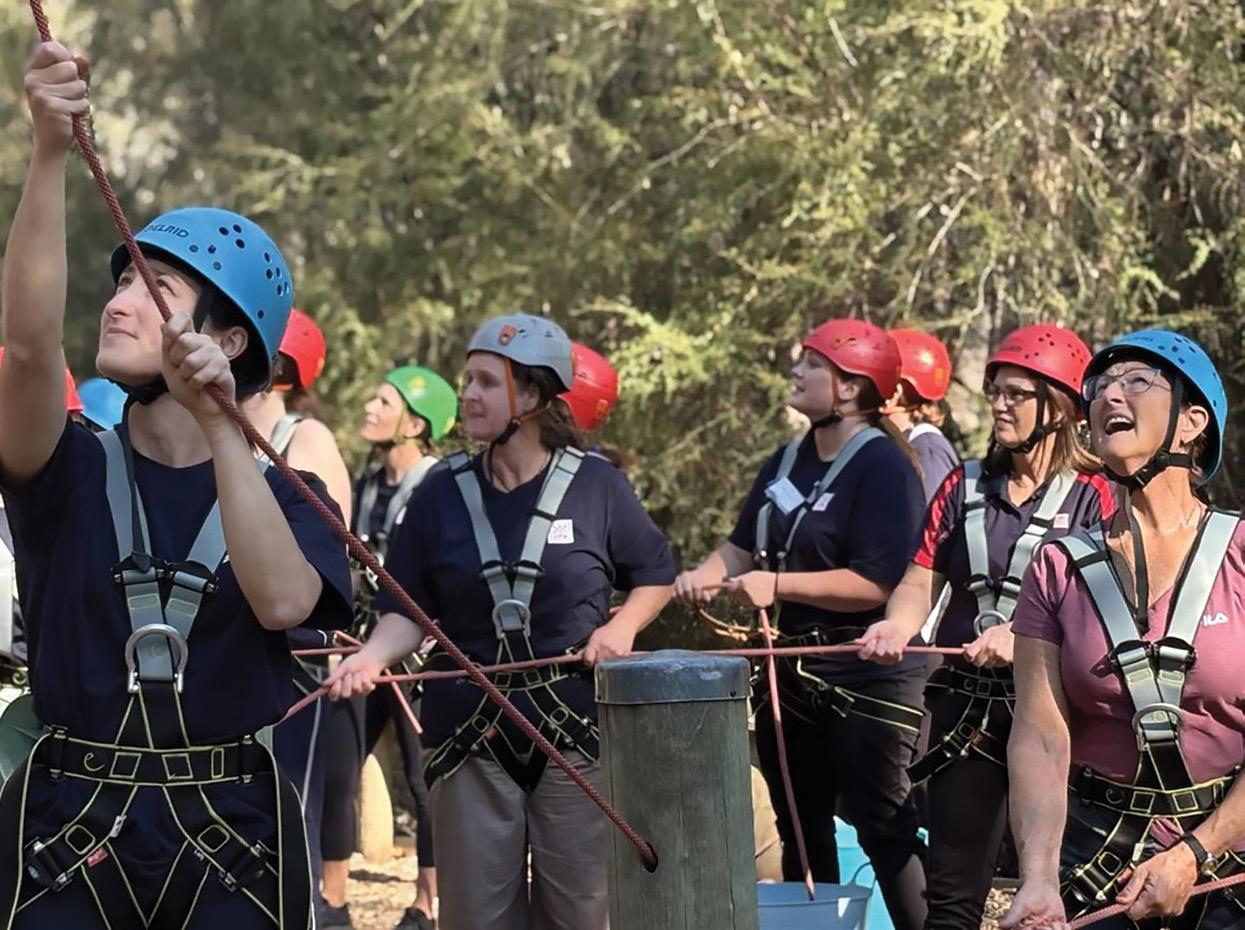
Recently women of CFA from all over the state gathered at their respective regional Women’s Challenge Camps to break down barriers and push themselves out of their comfort zones.
The camps are run over one weekend in each CFA region to provide the women in that area the opportunity to face physical and mental challenges together while delving into personal development, leadership, team building and networking sessions.
The South East region are trail blazers of the Women's Challenge Camp, celebrating their seventh annual weekend this year from 2 to 4 May in Allambee.
Participant and District 9 Headquarters brigade member Amy Dalrymple said that the camp was hugely beneficial to her.
“I left challenge camp feeling reinvigorated, inspired and empowered to be a more confident and driven version of myself, and to trust in my values and keep them at the forefront of my thoughts and choices,” Amy said.
“The networking and relationships I was able to build were amazing,
not only for CFA but for my professional development too.”
In the North East, women gathered at the Ovens Valley Homestead on the same weekend to enjoy their inaugural Women's Challenge Camp.
Co-organiser and member of the Volunteer Sustainability Team in the region, Tanya Lumley, said it was important to create spaces like these for women within CFA so they can learn and feel supported.
“The goal is to have more people learn about themselves in a space where there are no barriers, real or perceived, where they can speak up and really step into themselves,” Tanya said.
“The camp is a chance for women to be further supported and encouraged, where they can step into new spaces and new conversations with 50 other likeminded people around to catch them.”
Participants enjoyed a panel discussion from pioneering women within CFA who spoke about challenging stereotypes and building your own self-confidence and pushed their bodies to complete outdoor challenge activities. The women also had the opportunity to ask questions of the Deputy Chief Officer and Acting Assistant Chief Fire Officer from the area.
The west of the state kicked off the camps this year across the weekend of 25-27 April, and Halls Gap firefighter and participant Nicki Van Veen said the women particularly enjoyed listening to each other’s stories.
“It was an extraordinary weekend with incredible women,” Nicki said.
“I am blown away by how much fun I had, how much I learned, and how much I laughed.”
The North West and the South West region will host their camps later this month. •

AUSTRALIA NEEDS A CIVILIAN CYBER RESERVE. STATE EMERGENCY SERVICES ARE THE MODEL
Australia should follow international examples and develop a civilian cyber reserve as part of a whole-of-society approach to national defence.
By Samuli Haataja and Dan Svantesson
Published on aspistrategist.org.au
By setting up such a reserve, the federal government can overcome a shortage of expertise in cybersecurity and increase national resilience to cyber threats. It could be modelled along the lines of State Emergency Services.
In doing so, the government should consider the way State Emergency Services are formed and mobilised when needed. Legal safeguards will also be needed to protect the recruits and also organisations that would receive assistance from the reserve when subject to cyberattack.
Malicious cyber activities are a persistent threat faced by nation states globally—from cyber operations against critical infrastructure, to cyber-enabled disinformation operations seeking to undermine social cohesion.
As noted by the director-general of the Australian Security Intelligence Organisation, Mike Burgess, the cyber threats faced by Australia include those from nation states
seeking to pre-position themselves in Australia’s critical infrastructure, allowing them to carry out more disruptive and destructive attacks in the future. At the same time, a global skills shortage in the cybersecurity workforce undermines the capacity to defend against these threats.
In response to these issues, several countries are seeking to harness volunteers in cybersecurity and defence. Funded by the Department of Defence’s Strategic Policy Grants Program, we are currently carrying out research mapping out some of the key initiatives around the world.
The United States, for example, is carrying out a pilot project establishing a Civilian Cybersecurity Reserve. This was in response to recommendations made by the US National Commission on Military, National, and Public Service which in 2020 argued that a federal civilian cybersecurity reserve would allow US agencies to obtain additional cybersecurity capacity
from cyber experts when needed. These recommendations were echoed in the 2020 final report of the US Cyberspace Solarium Commission which argued that a cyber reserve would play a key role in mobilising surge capacity using existing links between the private sector and the government.
The developments in the US follow similar developments elsewhere.
Ukraine’s IT Army made headlines in 2022 when it called on hackers from around the world to join Ukraine’s defence against Russian aggression.
Estonia’s Cyber Defence Unit, within its Defence League, was established already in 2011 following large scale distributed denial of service attacks against Estonia a few years prior. Another example is the Cyber Peace Builders NGO which helps connect corporate volunteers with not-forprofit organisations to improve their cybersecurity.
The proposed US federal-level cyber reserve also follows from developments
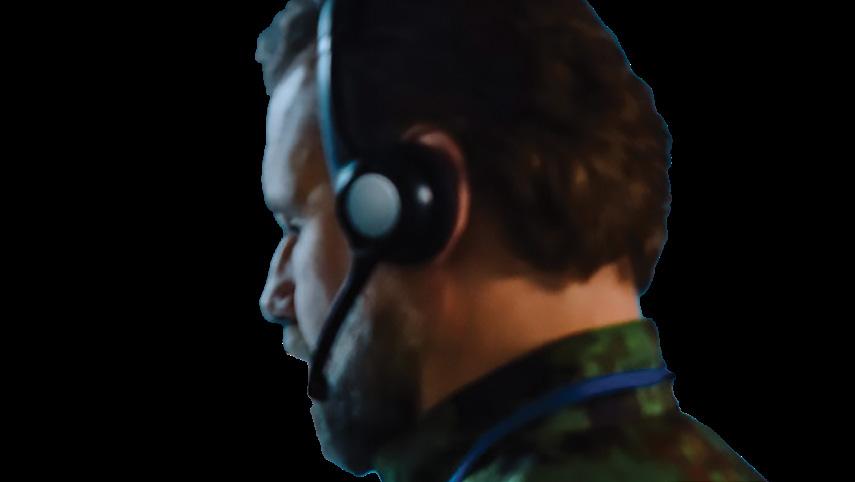

in several US states that already have similar structures in place. These began with the Michigan Civilian Cyber Corps, established in 2013; a growing number of states including Ohio, California and Texas have followed suit. These civilian cyber reserves engage in a variety of activities, ranging from education in schools and public organisations, cybersecurity audits, and incident response. They can provide highlevel training and certifications for their members for free and organise cyber war games exercises for participants.
Often compared to volunteer firefighters or other volunteerbased emergency services, cyber reserve organisations provide an opportunity for cyber experts to give back to society and help increase cybersecurity awareness, resilience and preparedness. For example, in March 2025 the Ohio Cyber Reserve responded to a cyber incident affecting the municipal court of the city of
Cleveland, and it also deployed in 2024 when the city of Cleveland was subject to a ransomware attack by Russiaaffiliated actors.
Australia should follow and create a civilian cyber reserve. However, several considerations must be addressed for it to be effective. These include the appropriate structure, membership, criteria for organisations to be eligible for support, and relevant legal safeguards.
In terms of structure, it could be modelled on existing organisations such as State Emergency Services which operate at the state level and are designed to help communities both prepare and respond to natural disasters. Initial members could be recruited from those with a high level of cybersecurity expertise, but gradually the membership base can be built through training and upskilling of volunteers with general cybersecurity skills or other relevant subject matter knowledge.
The identification of eligible organisations should start with public organisations at the state and local levels, including schools and hospitals. Finally, appropriate legal structures will need to be explored to protect volunteers, as well as to protect the confidentiality of organisations seeking support.
Creating a civilian cyber reserve can promote a culture of cybersecurity and be an avenue through which volunteers can use their expertise to help others and give back to the community.
Having a structure like this in place in peacetime also provides a potential capability that can be harnessed in times of crisis or conflict. •
AUTHOR
Samuli Haataja is an associate professor at Griffith Law School, Griffith University and Dan Svantesson is a professor at Bond University.
FEATURE STORY
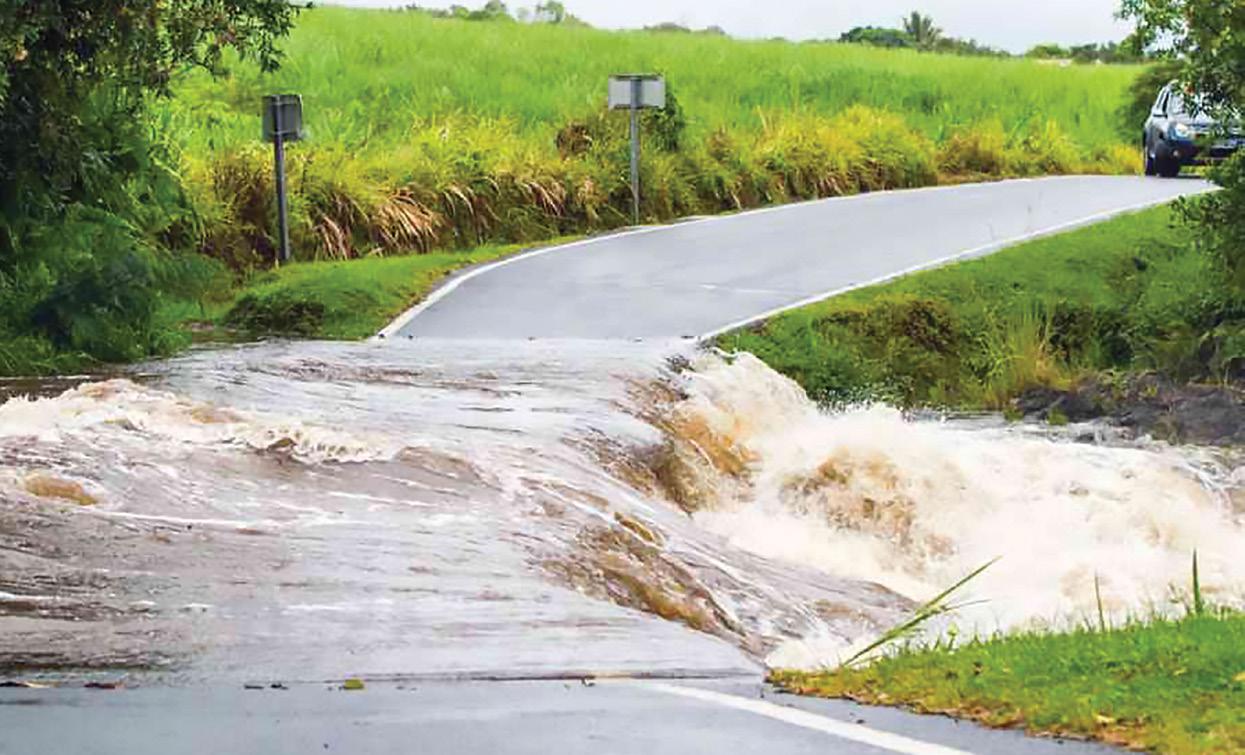
EFFECTIVE EMERGENCY MANAGEMENT
PREVENTED LARGER CATASTROPHE AFTER CLIMATE CHANGE FUELED HEAVY RAINS IN CENTRAL MISSISSIPPI RIVER VALLEY
Between April 2nd and 6th, the region experienced catastrophic flooding, with some areas receiving more than 400 mm (16 inches) of rain (figure 1), the worst ever recorded over this region.
Source: World Weather Attribution
The ensuing floods were described as “potentially historic” by the US National Weather Service and caused widespread damage across Mississippi, Arkansas, Missouri, Illinois, Indiana, Kentucky, Tennessee, and Alabama (The Guardian, 2025).
The severe weather led to at least 24 fatalities, 15 of which are thought to be caused by flooding. Tennessee suffered the most casualties, including at least 10 deaths. In response, Tennessee, Kentucky, and Arkansas declared states of emergency (FEMA, 2025). The economic damages from the storm were estimated between $80 and $90 billion (American AG Network, 2025), while power outages affected over 100,000 residents in Arkansas and thousands more in Tennessee (NYT, 2025).
To analyse whether and to what extent human-caused climate change altered the likelihood and intensity of the heavy rainfall that led to the floods, causing a substantial part of the damages and casualties,
scientists from the US, the Netherlands, Denmark, France and the UK used published, peer-reviewed methods to perform an event attribution study. The study analyses the rain that fell over a 4-day period from April 3-6 and focuses on the Central Mississippi river valley region which received the most extreme rainfall and impacts as highlighted in Figure 1.
MAIN FINDINGS
• The floods inundated large rural areas including agricultural fields, especially in Arkansas which has resulted in an estimated 78 Million USD of damage due to losses in fields that were already planted. Larger losses were avoided due to the timing of the floods before other crops like peanuts and cotton were planted, and since there is still a window to replant crops like corn and soybeans.
• Based on gridded data products, we find that the extreme rainfall event over the study region is relatively rare, expected to occur in today’s
climate only once every 90-240 years across different observational and reanalysis datasets. However, in a 1.3°C cooler climate, extreme rainfall such as observed would be even rarer. The best estimates for the increase in likelihood for the 2025 event associated with this warming is between a factor 2 to 5, and the increase in intensity for an event of equivalent rarity as observed is 13-26%.
• To quantify the role of human-induced climate change in this increased likelihood and intensity we also analyse climate model data over the study region for the historical period. The best estimate of the synthesised result, combining observations with climate models, is about a 40% increase in likelihood and about a 9% increase in intensity. These estimates are smaller than the observed trends due to large discrepancies between the climate model results. While some models show increases similar to or larger than the observed trends, others show weaker or even decreasing trends.
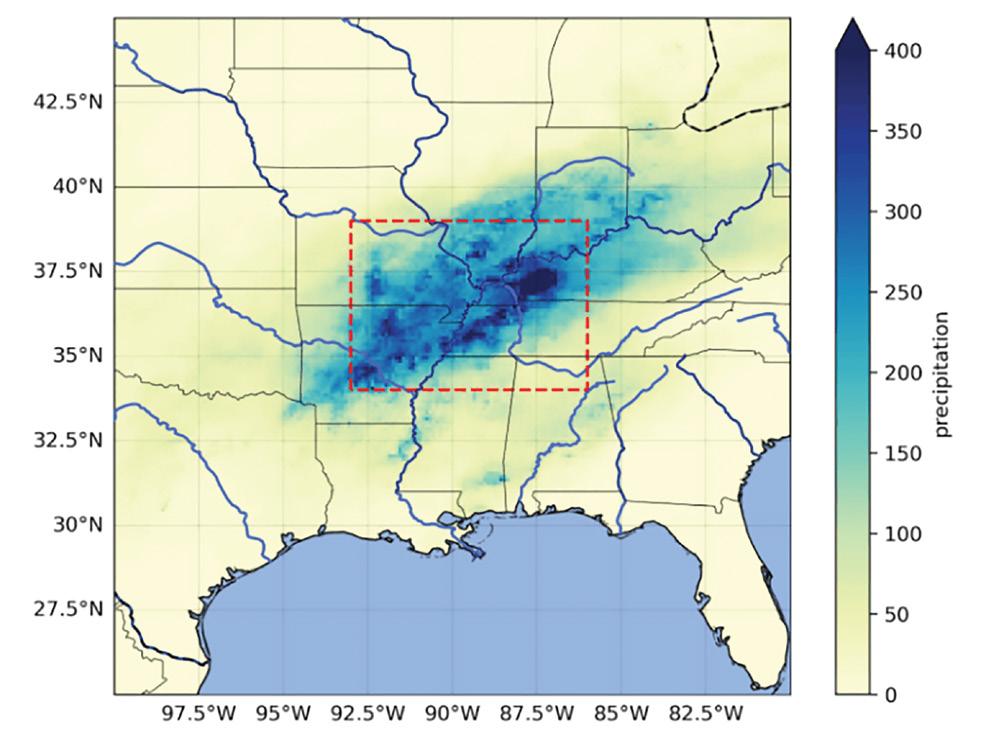
accumulated
• In contrast, climate models consistently project that extreme precipitation events such as the one observed in April 2025 will become more frequent and intense in the future as global temperatures rise. Under current climate policies - which will lead to warming of approximately 2.6°C by 2100such extremes are expected to approximately double in likelihood again, and increase in intensity by about a further 7%.
• As the moisture that fuelled the rainfall event was partly coming from the Gulf of Mexico we also assessed the role of climate change in the sea surface temperatures. We found that these waters were heated by approximately 1.2 °C (2.2 °F) due to human-caused climate change, and such ocean conditions are now about 14 times more likely than in a cooler pre-industrial world. This contributed to higher evaporation rates, increasing the availability of moisture in the rainfall event.
from 03/04/2025-06/04/2025.
• The strong observed trends in precipitation extremes in this region are also found in other studies using different methods, across different regions, including the Central Mississippi river valley and are assessed as being attributable to climate change by the IPCC AR6 report.
• In conclusion, due to (1) the observed trends that are (2) in line with IPCC assessments and other literature in the region, and (3) the clear emergence of a climate change signal with further warming in all climate models as well as (4) the availability of more moisture due to higher SSTs, we state that climate change amplified the heavy rainfall leading to the floods and that the estimate from observations and models combined of a 9% increase in intensity and 40% increase in likelihood is conservative and the role of climate change could be as large as the observations alone suggest.
• Despite being an extremely complex event, with tornadoes, flash floods, riverine floods and landslides overlapping, the US National Weather Service made a tremendous effort to provide early warnings for the floods, in some cases up to a week in advance of river crests.
These early warnings allowed state and local emergency departments to prepare, inform the public, and evacuate those at highest risk. While any loss of life is devastating, the outcomes of this event point to the effectiveness of decades-long investments made in forecasting, early warning systems, and forecastbased action.
• Nearly half of NWS field offices are facing vacancy rates of 20% or more, double the short-staffing levels of a decade ago. Former NWS leaders have recently warned that layoffs could impact the ability of NWS offices to respond to extreme weather events and keep people safe. •
CROSSING BORDERS
Figure 1: 4-day
precipitation over the Central Mississippi river valley
Major rivers are marked in blue and the study region for rainfall is highlighted with the red dashed line. Data from MSWEP
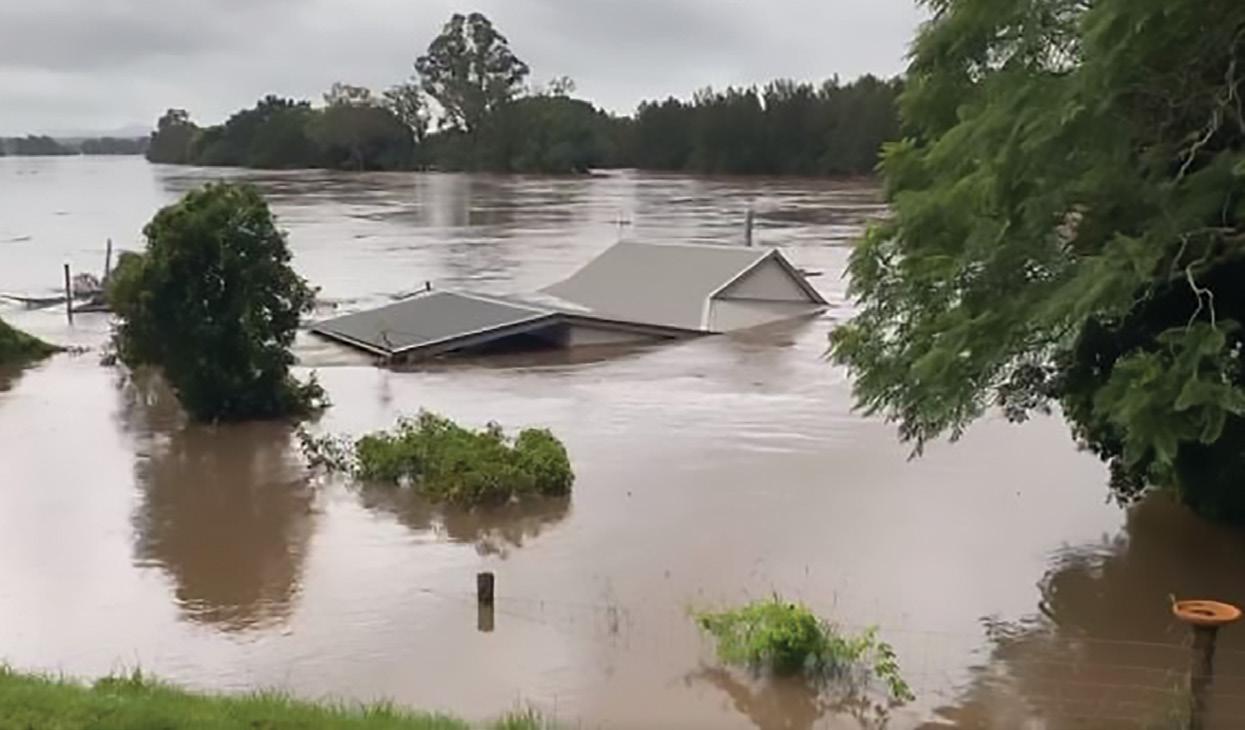
WARNING FOR THE UNPRECEDENTED:
How do authorities convince communities to act?
While communities in the New South Wales’ (NSW) Manning Valley catchment are familiar with flood, the Manning River (Boolumbahtee in the local Biripi language) at Taree made history by exceeding the 1929 flood of record in mid May. Emergency services were faced with warning communities of an event for which no one had living memory.
Source: Natural Hazards Research Australia
Photo credits: NSW Maritime (https://www.facebook.com/share/p/1D8uF4fM3x/?mibextid=wwXIfr)
This resembled the Lismore community’s experiences in 2022, when the previous flood of record was exceeded by more than two metres.
Climate change means the greater chance emergency services will encounter more situations when they will need to warn communities of unprecedented natural hazards.
The World Meteorological Organization’s State of the Global Climate 2024 report lists 152 unprecedented times of extreme weather throughout 2024.
This highlights the critical need to understand how we can improve warnings to ensure community members act when they have no personal prior reference for such natural hazards.
Initial anecdotal evidence, including from emergency crews rescuing people from homes around Taree, suggests residents were caught off guard by
the severity of the flood. Residents recounted their experiences in media reports that:
“This is next level. We didn’t expect this. There were no warnings...nobody knew how bad this was going to get. Its taken us completely by surprise.”
“The water came in really, really quickly, and it just started to flow into the house that quickly – I didn’t have a chance,”...“I went upstairs with my dog, and we stayed there last night and a little today, until we were able to get rescued.”
A NSW State Emergency Service representative said:
“What we are seeing is that some locations on the eastern seaboard had not seen this sort of flooding before...until you have seen it and witnessed it, you do not know how quicky those waters can rise and how dangerous it is.”
Natural Hazards Research Australia (the Centre) research in exploring the experiences of residents in the Northern Rivers and southeast Queensland 2022 floods found that residents experienced floods that were worse than expected and for some totally unexpected. Some had no idea that they were actually at-risk of flooding. The NSW Flood Inquiry concluded:
“Community flood plans were based on the highest recorded flood or the most severe flood in living memory. For many this was the 1974 flood which reached a height of 12.11m in Lismore. This assumption proved destructive and is indicative of a greater flaw in the flood warning system.”
When warning of extreme natural hazards, emergency services are often challenged by individuals’ decisionmaking process during stressful and uncertain circumstances. People
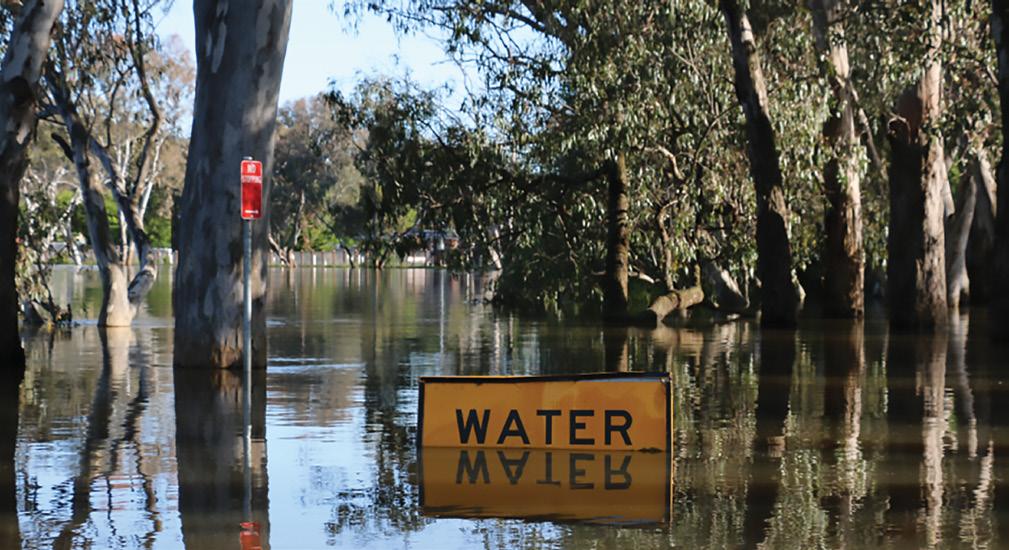
use mental short-cuts or unwritten rules to inform their decisions, called heuristics. Heuristics predispose people to rely on comparison to similar past disasters to guide their behaviour. Optimism bias also means people tend to overestimate the probability of positive outcomes.
Deciding not to evacuate is not uncommon behaviour during floods. For example, in 2022 in the Northern Rivers and southeast Queensland 60% of residents did not evacuate despite receiving an evacuation warning from emergency services. Often, reliance on past experience results in people choosing to shelter in their homes as they have done successfully previously. However, during extreme events floodwaters rise faster and higher than expected, quickly overwhelming preparations and placing people in peril. Other reasons for staying can include caring for pets and worrying about property theft.
Without specific local flood knowledge of likely impacts, it is well established that communities struggle to correctly interpret warnings. Weather bureau forecasts provide technical information about predicted flood heights and timing, but this may not be easily accessible to or interpreted by everyone. And a decades old flood classification system of minor, moderate and major flooding only communicates broad
possible consequences. Terminology such as ‘minor flooding’ may lead to the underestimation of risk, despite fatalities frequently occurring during minor floods, while ‘major flooding’ is open ended and may not fully communicate catastrophic or unprecedented events.
So how can the communication of flood warnings be improved to convince individuals to act in response to events they have never experienced? There is much to learn from exploring the experiences of those who have suffered the recent flood in NSW Manning Valley, however existing research and previous government inquires already give some suggestions. Flood modelling provides the ability to estimate the extent and behaviour of floods beyond historical experience to appreciate potential flood consequences for local flood scenarios up to and including the largest floods possible. This is a valuable capability with the NSW Flood Inquiry and previous research suggesting that communicating such information in a visual form may aid community responses to and compliance with flood warnings. Flood mapping is not systematically used to communicate flood impacts in Australia, though has been used by some local governments, for example, Brisbane and Gold Coast in recent events. Recent US research found individuals preferred 3D street view
visualisations of flood impacts over 2D maps. A national flood risk information portal would provide a useful resource for households to understand their flood risks well in advance of any flood threat.
Current Centre projects that could also help enhance warnings include: Developing an integrated predictive capability for extreme rainfall and inundation: This project will develop a prototype predictive capability in collaboration with stakeholders and supported by social scientists, to improve forecasts of extreme rainfall and inundation and the communication of risk to emergency management.
Communicating flood risk: This research will improve the communication of flood risk to people in at-risk areas, including expected intensity and conditions, insurance information, improved flood-risk messaging (such as language, ratings, terminology), messaging suitability and social acceptance and implementation of changes into planning frameworks, community messaging and warning systems.
Predictions in public: understanding the design, communication and dissemination of predictive maps to the public: This project uses empirical and collaborative processes to contribute to and support a national approach to the future use of public-facing predictive fire spread products during an emergency. •
MERCHANDISE
The AIES now has polo shirts and caps available for purchase. Pictures of the shirts and caps are shown below.
To make an order:
• Complete and return this order form to the following email address: treasurer@aies.net.au
• or post to PO Box 2469, Chermside Centre, Qld 4032
• or by telephoning 0418 726 224 (after business hours)
Inquiries are to be directed to treasurer@aies.net.au or by telephoning 0418 726 224.
Allow 4-5 weeks for delivery as some sizes may not be in stock.
Invoice for payment will be issued once goods are in stock.
ORDER FORM

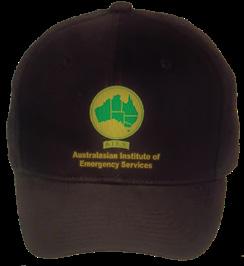
MEMBERSHIP INFORMATION
NATIONAL BOARD
Company Secretary
Email: secretary@aies.net.au
National website: www.aies.net.au
NEW SOUTH WALES, AUSTRALIAN CAPITAL TERRITORY AND INTERNATIONAL
The Secretary
NSW Division of Australasian Institute of Emergency Services
Email: secretary.nsw@aies.net.au
QUEENSLAND AND NORTHERN TERRITORY
The Secretary
QLD Division of Australasian Institute of Emergency Services
Email: secretary.qld@aies.net.au
SOUTH AUSTRALIA AND WESTERN AUSTRALIA
The Secretary
SA Division of Australasian Institute of Emergency Services
Email: secretary.sa@aies.net.au
Please forward all mail for all divisions to:
Australasian Institute of Emergency Services PO Box 2469, Chermside Centre, Qld 4032
THE INSTITUTE’S AIMS
To provide a professional body for the study of the roles and functions of Emergency Services and Emergency Management Organisations throughout Australasia, and the promotion and advancement of professional standards in these and associated services.
THE INSTITUTE’S OBJECTIVES
• To raise the status and advance the interests of the profession of emergency management and counterdisaster services administration.
• To represent generally the views and interests of the profession and to promote a high standard of integrity and efficiency in the skills of emergency and counter-disaster administration.
• To provide opportunities for association among members and students to promote and protect their mutual interest.
• To facilitate full interchange of concepts and techniques amongst members.
• To bring to the notice of the public such matters that are deemed to be important for safety and protection of the community and to promote research and development of emergency services generally.
• To establish a national organisation to foster international co-operation in counter-disaster services administration. THE INSTITUTE OFFERS
• An opportunity to be part of a progressive Australasiawide Institute dedicated to the progression and recognition of the Emergency Service role in the community.
• An independent forum where you can be heard and your opinions shared with other emergency service members.
• A journal with information from institutes and other sources around the world in addition to the interchange of views between Divisions in Australia, as well as access to the Institute website.
• Reduced fees for members at Institute Seminars and Conferences and an information service supplied by professional experienced officers.
• A Certificate of Membership.
• The opportunity to use the initials of the particular membership status after your name.
• Corporate members receive a plaque free of charge and can advertise on the AIES website, as well as provide articles for inclusion in the Institute’s journal.
TASMANIA
The Secretary
TAS Division of Australasian Institute of Emergency Services
Email: secretary.tas@aies.net.au
VICTORIA
The Secretary
VIC Division of Australasian Institute of Emergency Services
Email: secretary.vic@aies.net.au
MEMBERSHIP Costs
Annual Subscription: $80 Fellows: $100
Corporate Subscription: $500
Note: Institute Fees may be tax deductible.
CLASSES
There are four classes of membership:
• Members • Fellows • Life Fellows • Corporate There are five categories of affiliation with the Institute that may be offered to persons who do not meet the requirements for membership:
• Associate • Student Member • Retired Member
• Honorary Member • Honorary Fellow
ELIGIBILITY
Applications for membership will be considered from persons who are at least eighteen years of age and who:
• Are members of a permanent emergency service or associated service, or
• Are volunteer members of emergency or associated services.
Admission as a member may be granted if in the opinion of the General Council the applicant meets all other conditions of membership and passes such examinations and/or other tests as may be required by General Council.
MEMBERS
Our members come from
• Ambulance Service • Community Services • Emergency Equipment Industry • Emergency Management Organisations
• Fire Services • Surf Life Saving • Health, Medical and Nursing Services • Mines Rescue • Police and law enforcement agencies • Safety Officers • SES • Transport Services • Volunteer Marine Rescue • Volunteer Rescue Associations
AIES CONTACTS
General Enquiries
NATIONAL BOARD
President
David Parsons ESM CESM FAIES
Immediate Past President
Steve Jenkins FAIES
Vice President
Rebecca Hunt MAIES
Company Secretary
Marilena Salvo
National Treasurer
Jenny Crump FAIES
Webmaster/Systems Administrator
Costa Zakis FAIES
Email: enquiries@aies.net.au
Email: president@aies.net.au
Email: steve.jenkins@aies.net.au
Phone: 0412 753 790
Email: vice.president@aies.net.au
Phone: 0438 844 316
Email: secretary@aies.net.au
Email: treasurer@aies.net.au
Phone: 0418 726 224
Email: webmaster@aies.net.au
Phone: 0414 606 538
NEW SOUTH WALES, AUSTRALIAN CAPITAL TERRITORY AND INTERNATIONAL
President
Brett Henderson CESM MAIES
Vice President
Dwight Robinson CESM MAIES
Secretary
Ian Manock FAIES
QUEENSLAND AND NORTHERN TERRITORY
President
John Moy MAIES
Secretary/Treasurer
Jenny Crump FAIES
SOUTH AUSTRALIA AND WESTERN AUSTRALIA
President
Shane Bolton CESM FAIES
Vice President
Corey Frazer MAIES
Secretary
Warren Erasmus CESM MAIES
TASMANIA
President
Vanessa Henry MAIES
Vice President
Brodie Rodman MAIES
Secretary
Greg Webster RFD MAIES
VICTORIA
President
Doug Caulfield OAM RFD FAIES MIAEM
Vice President
Kate Goldsmith CESM FAIES MIAEM
Secretary
Bill Little FAIES MIAEM
NATIONAL EMERGENCY RESPONSE JOURNAL
Editor
Kristi High
PO Box 2469, Chermside Centre, Qld 4032
Email: president.nsw@aies.net.au
Phone: 0418 273 917
Email: Vicepresident.NSW@aies.net.au
Email: secretary.nsw@aies.net.au
Phone: 0438 050 957
Email: president.qld@aies.net.au
Phone: 0437 550 371
Email: secretary.qld@aies.net.au
Phone: 0418 726 224
Email: president.sa@aies.net.au
Email: vicepresident.sa@aies.net.au
Email: secretary.sa@aies.net.au
Email: president.tas@aies.net.au
Email: vice.president.tas@aies.net.au
Email: secretary.tas@aies.net.au
Email: president.vic@aies.net.au
Email: vice.president.vic@aies.net.au
Email: secretary.vic@aies.net.au
Email: editor@aies.net.au
Phone: 0407 366 466



BUDGET ROO GLOBAL
Budget Roo Global can ship products all around the world. On average small products can be shipped to you within 1530 days and large products 30-60 days. https://budget-roo.com/
BUDGET ROO AUSTRALIA
Budget Roo Australia (Camping Supplies) ships to Australian customers. On average all products can be shipped to you within 7-15 days Australia wide. https://budgetroo.com.au/
OZ BABY STORK
Oz Baby Stork (Baby Care) ships to Australian customers. On average all products can be shipped to you within 7-15 days Australia wide. https://ozbabystork.com.au/
